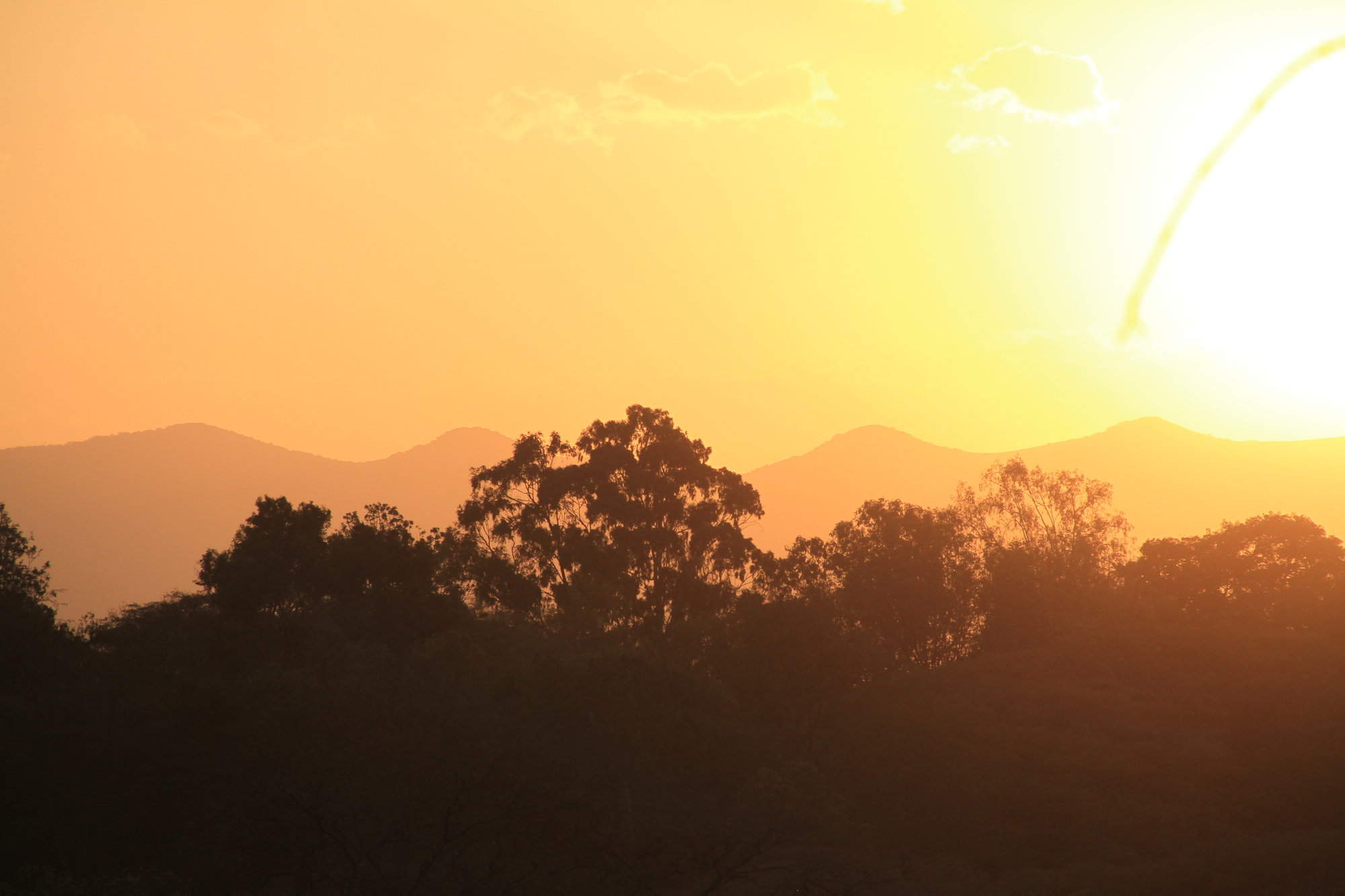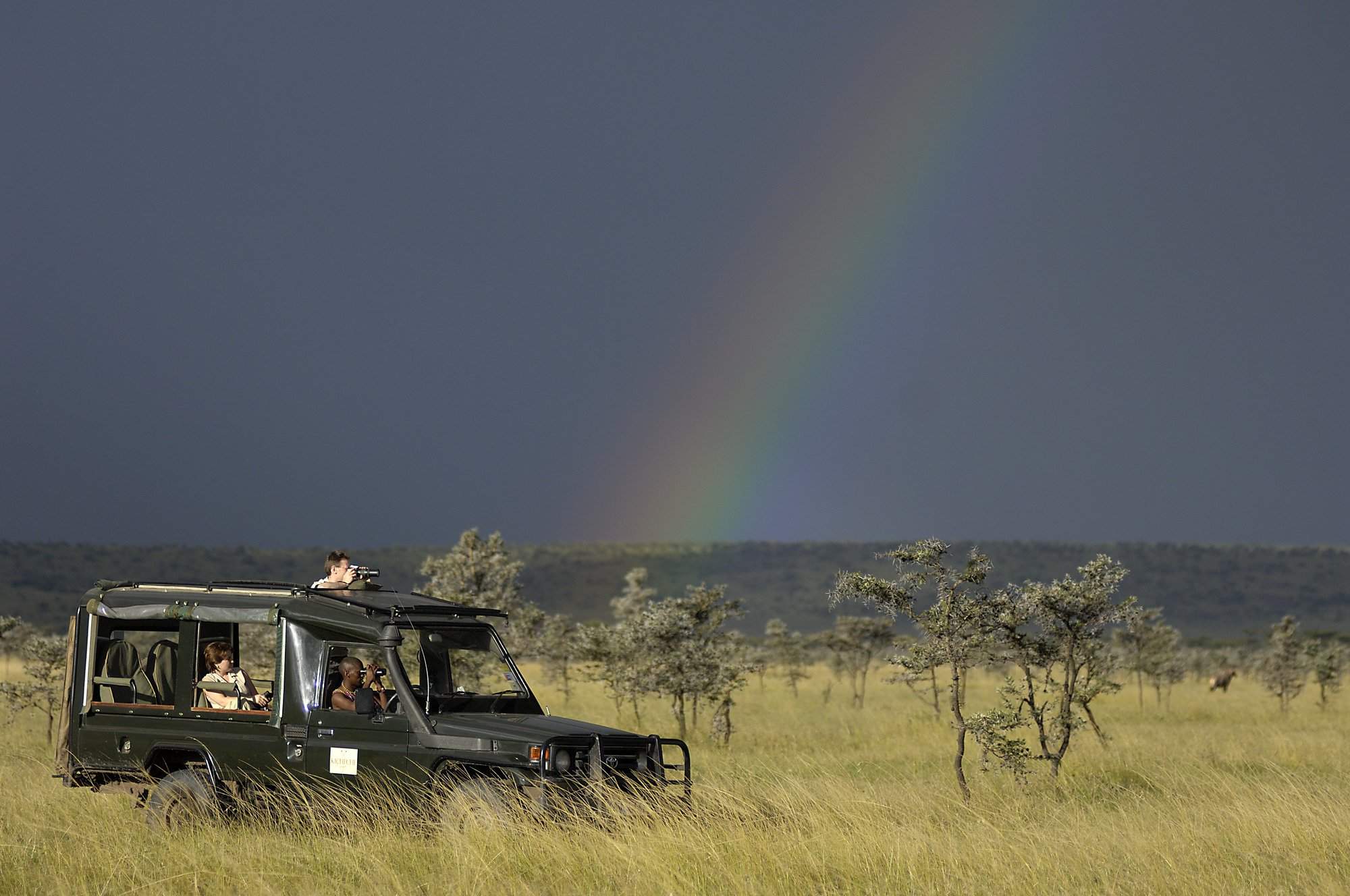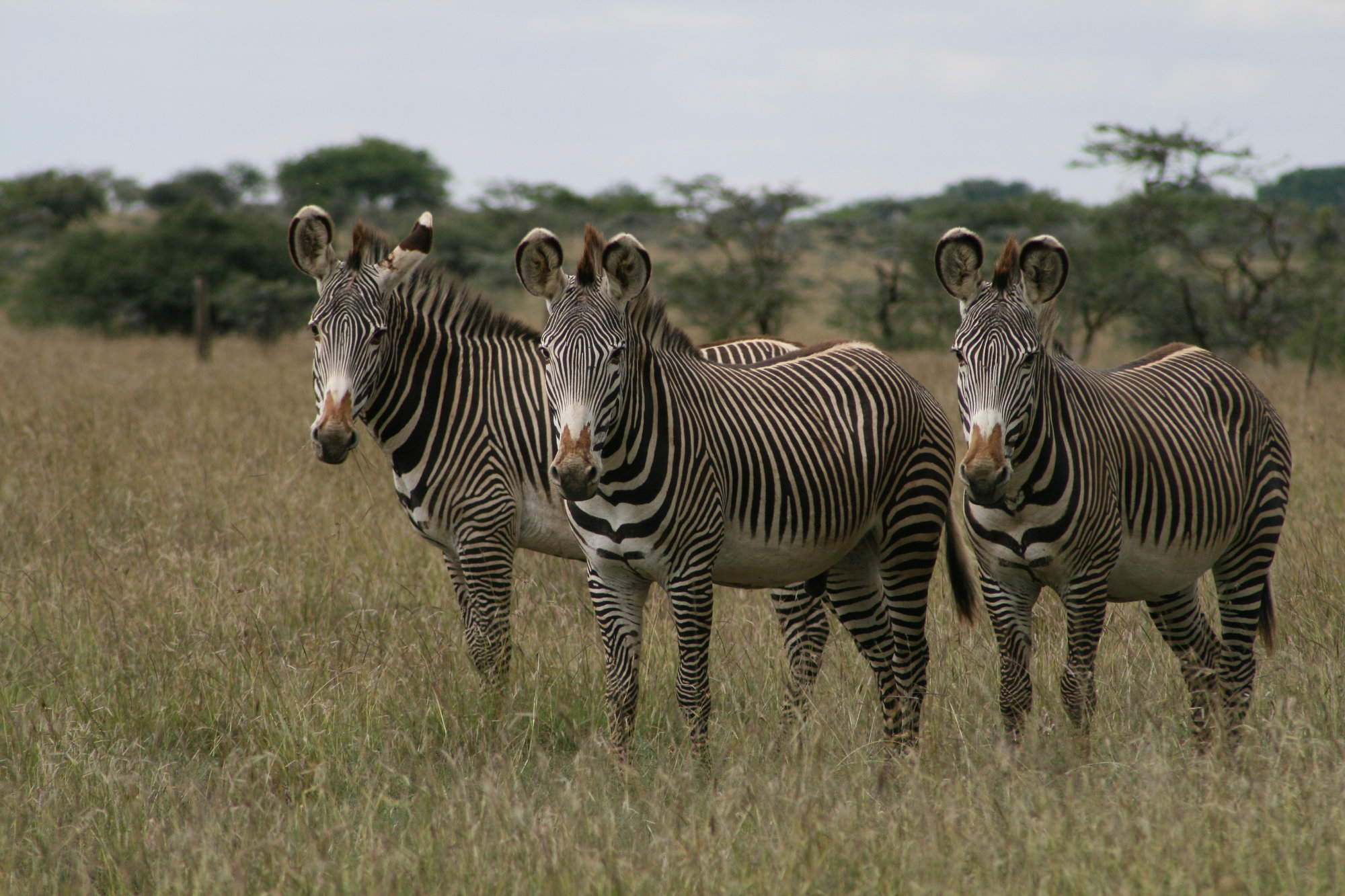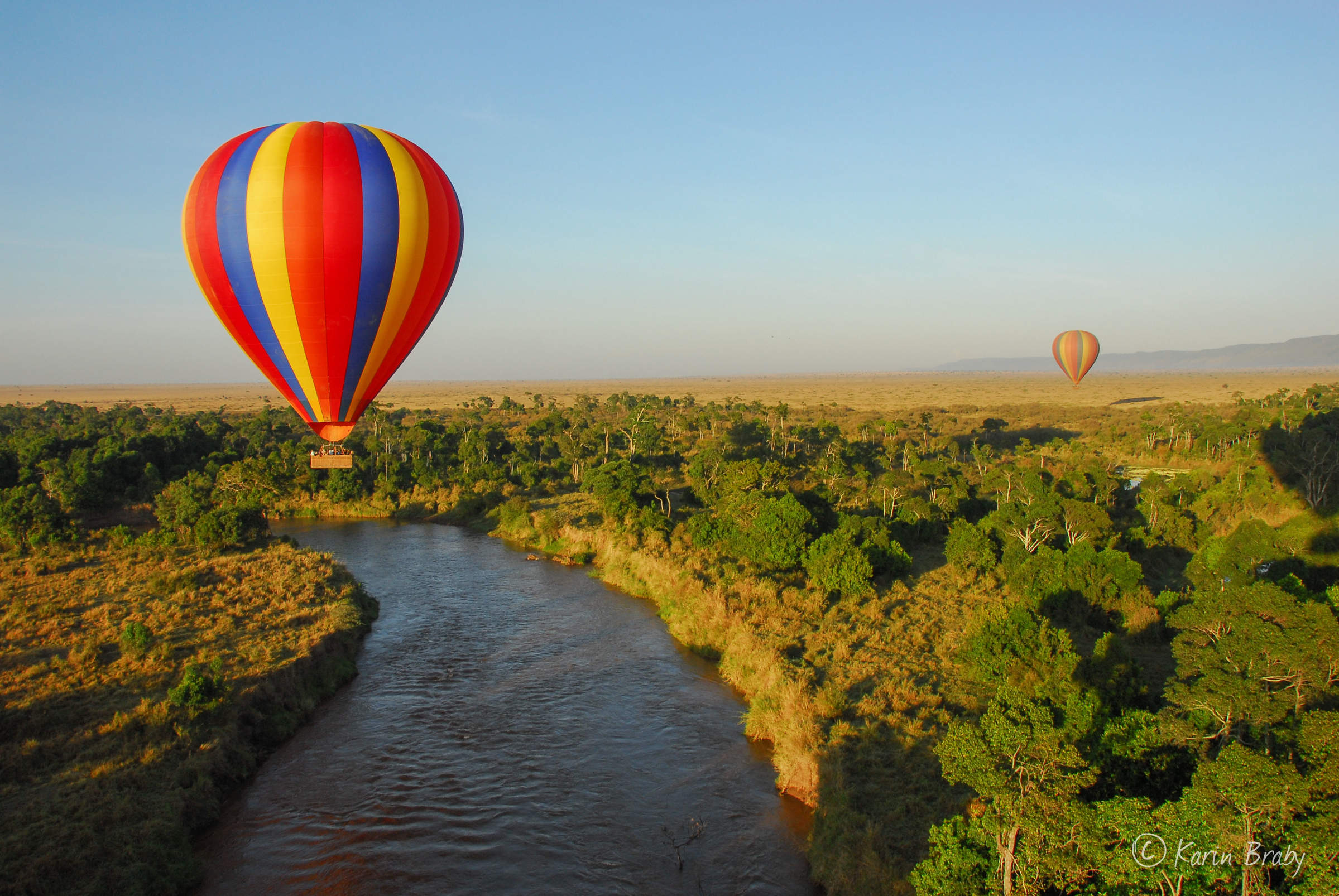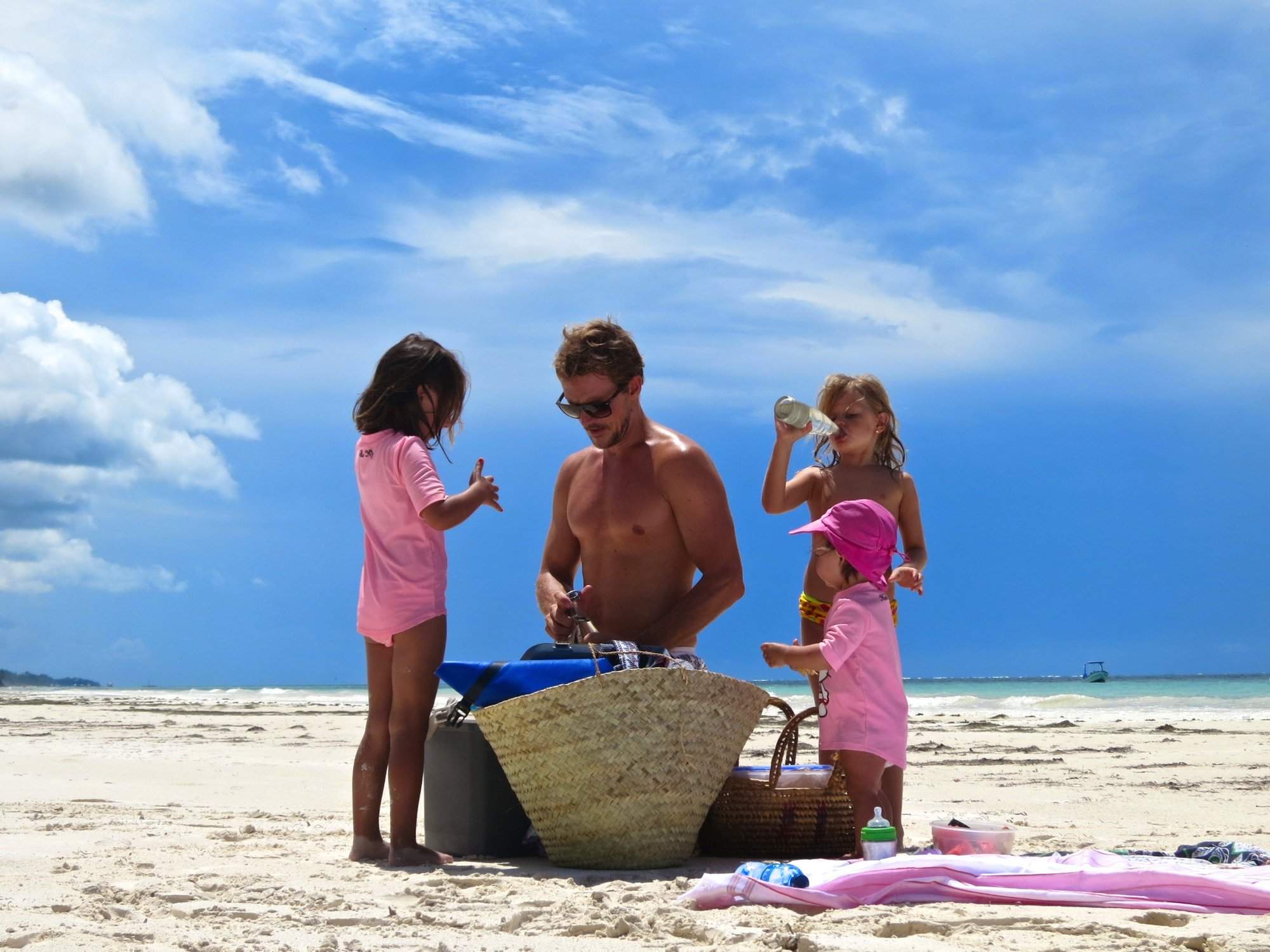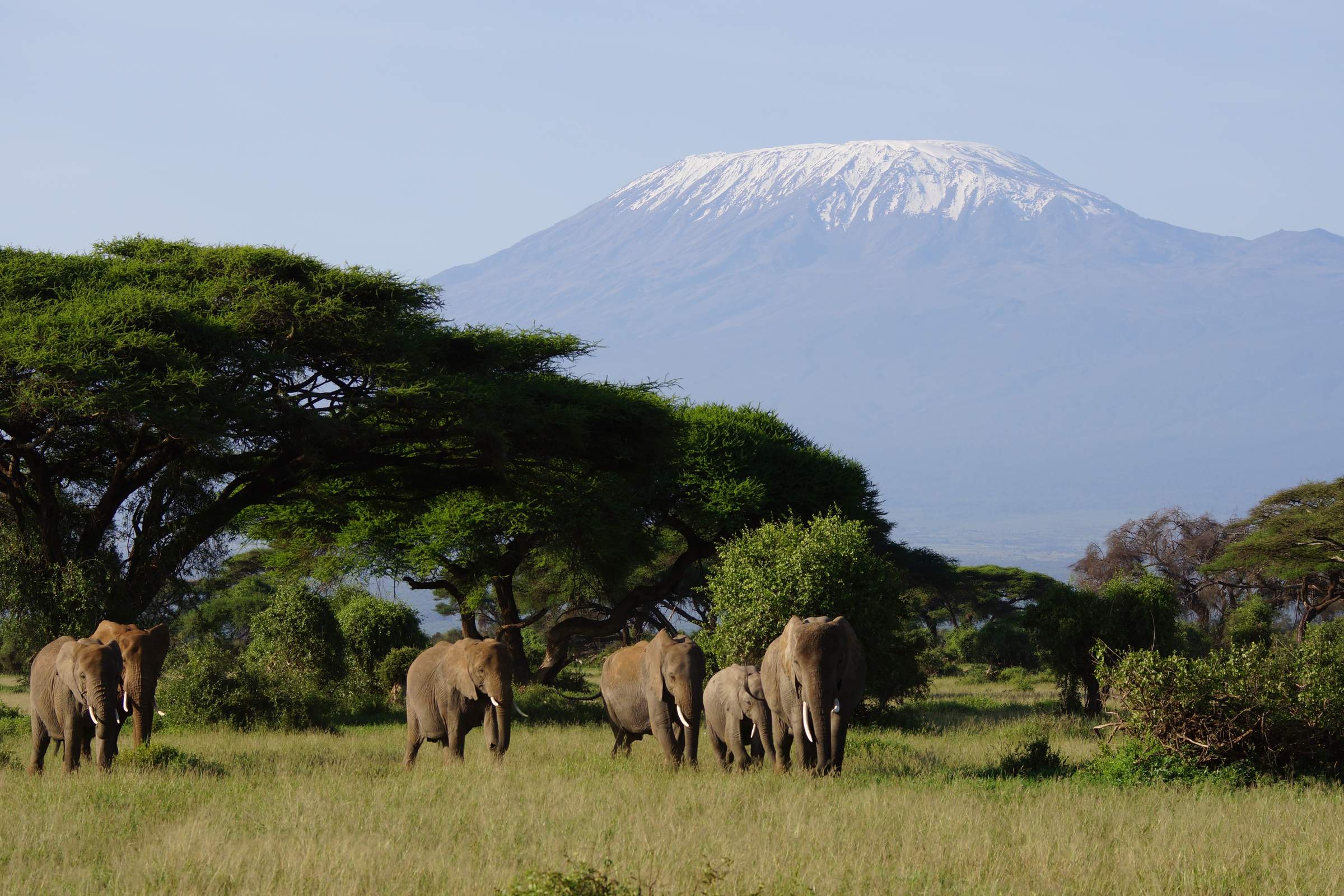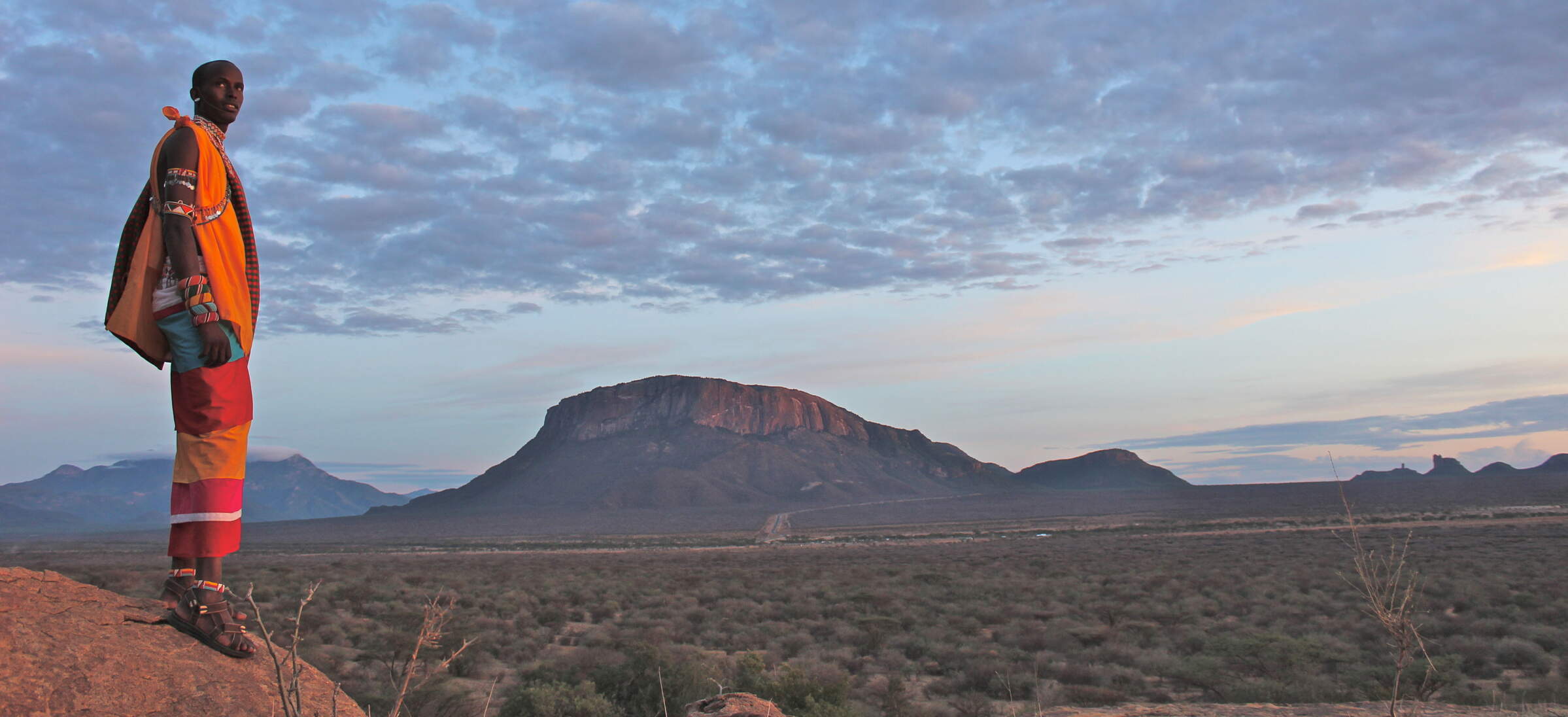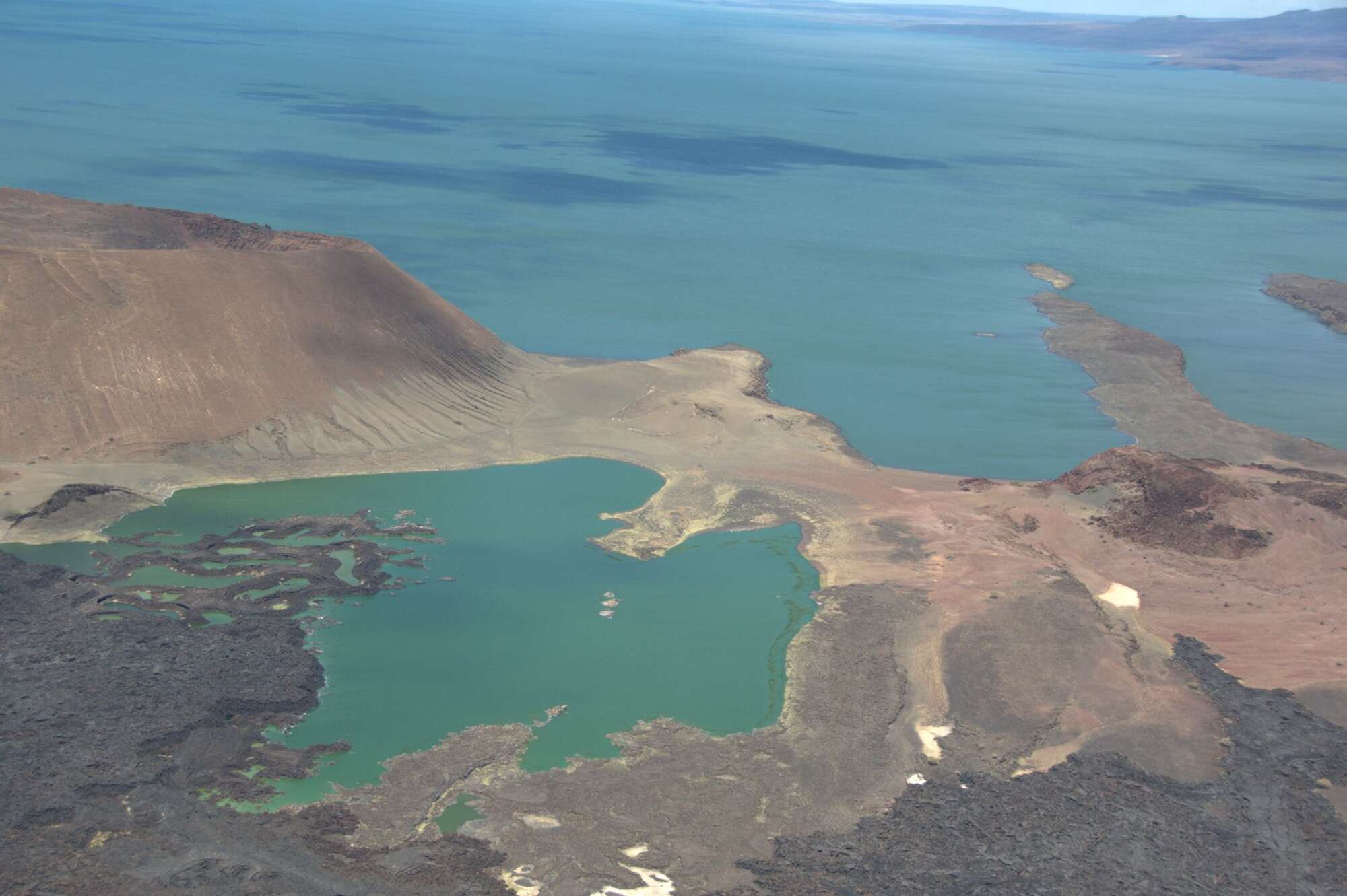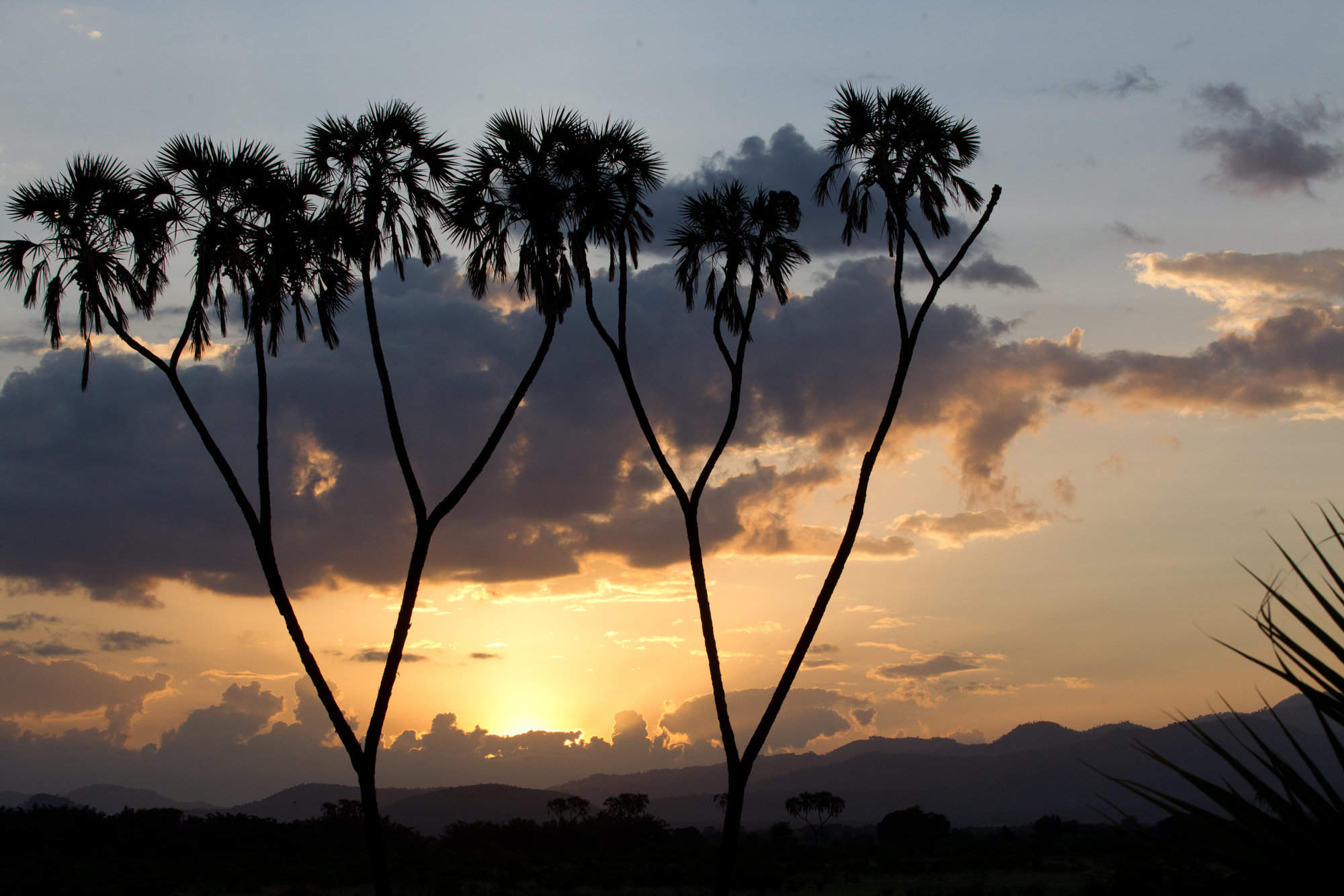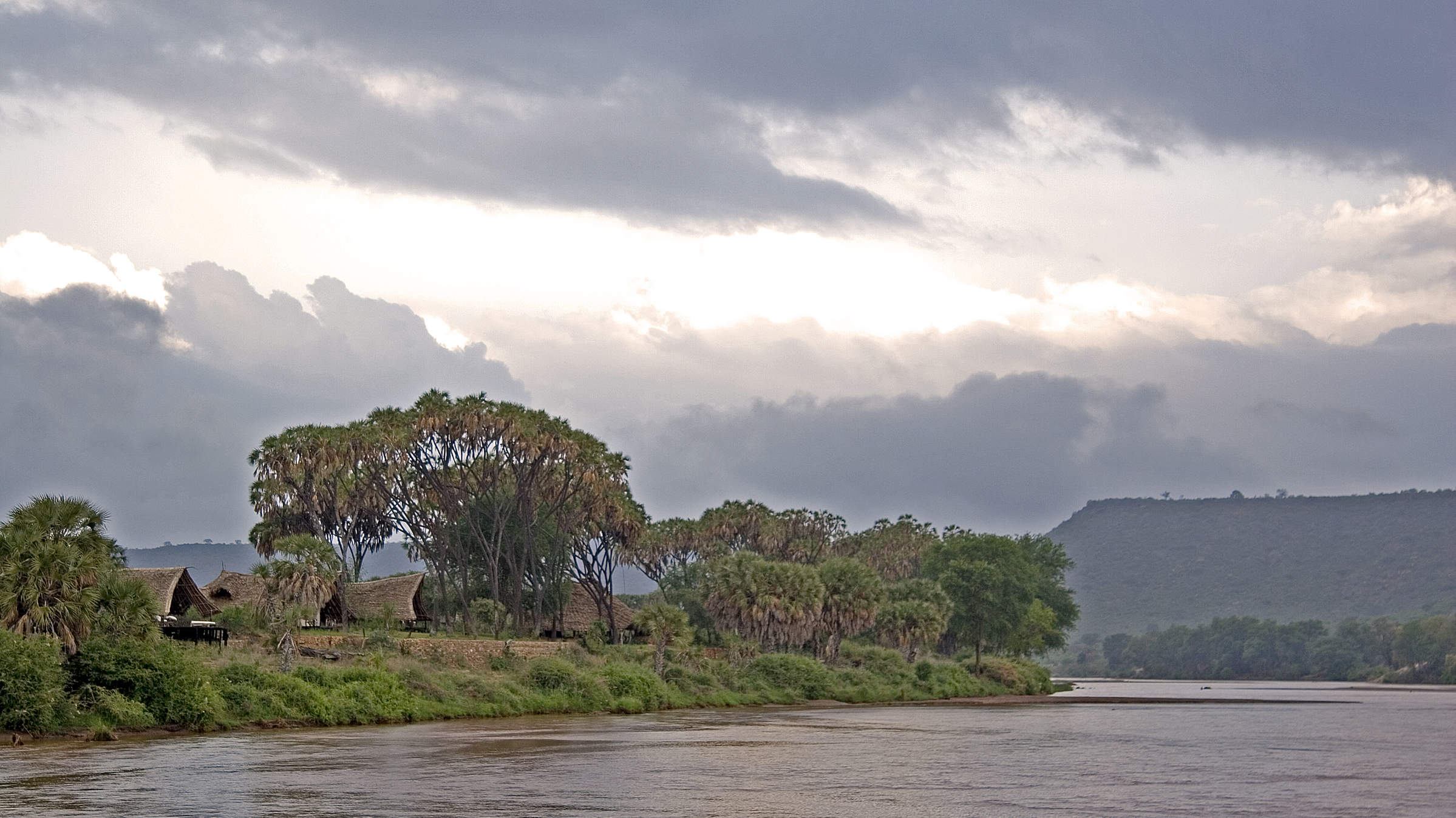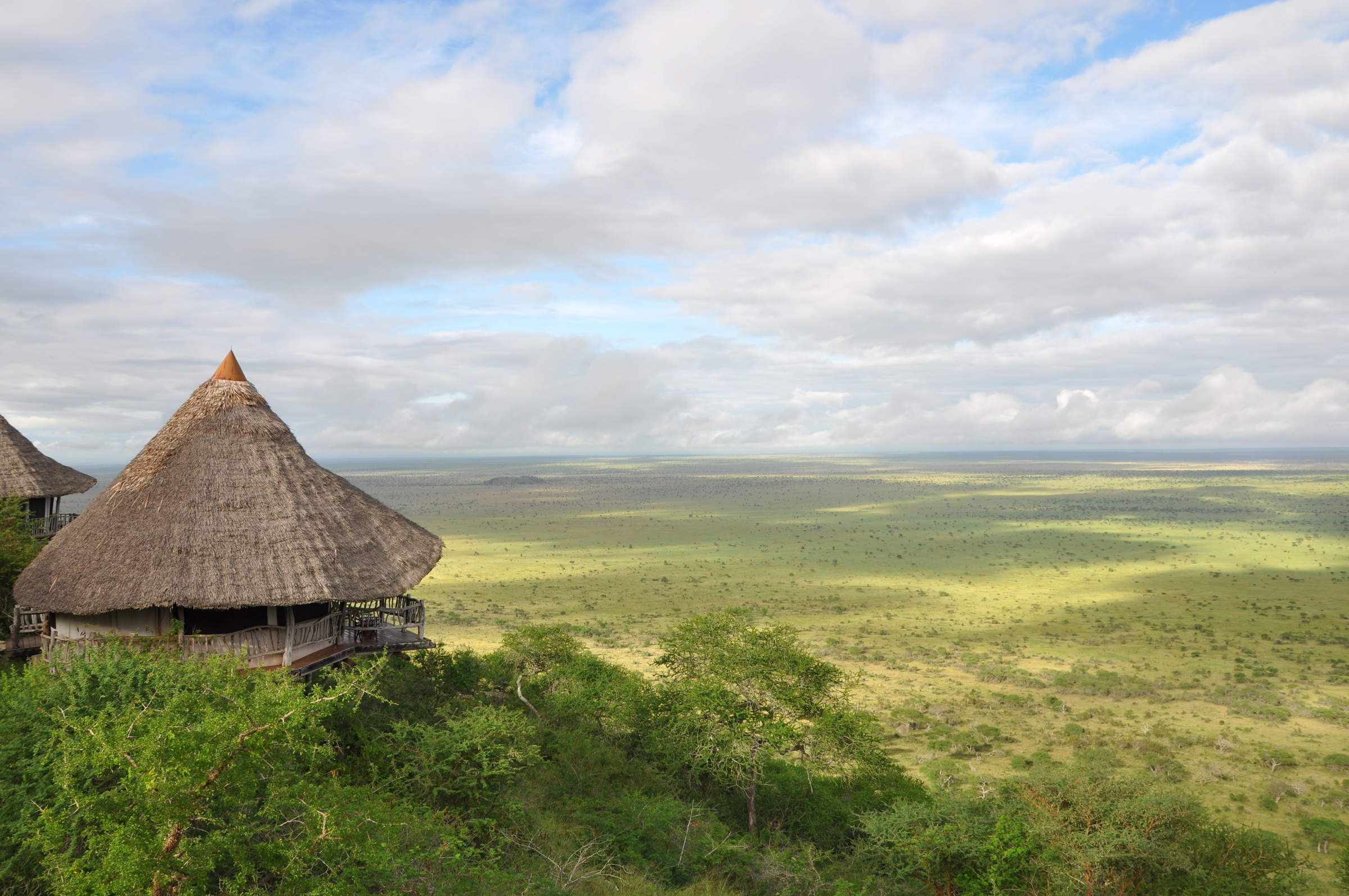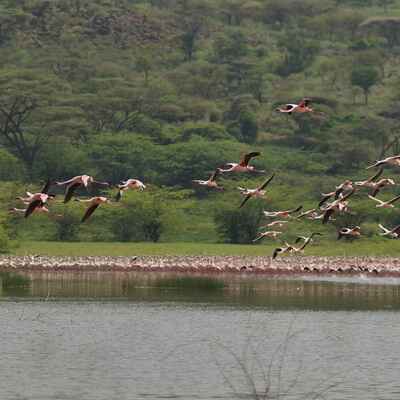
The best flamingo viewing these days is at Lake Bogoria.
Freshwater Lake Baringo, in the northern Rift, is a peaceful spot.
The Rift Valley is famous for its stunning birdlife.
The best-known Rift Valley national park is Lake Nakuru, which protects white and black rhino.
Rift Valley
Rift Valley
Africa’s Great Rift Valley displays some of its most dramatic landscapes where its eastern arm carves through Kenya.
The Rift Valley floor encompasses the archetypal east African safari panorama of acacia-dotted savannah, studded with jewel-like lakes that are sometimes rimmed with huge flocks of pink flamingos. Together, lakes Nakuru, Elmenteita and Bogoria form the UNESCO natural heritage site known as the Kenya Lake System in the Great Rift Valley.
The walls of the Rift Valley rise in steep and dramatic steps. On the western side, they rise to the highlands of Western Kenya, on whose high-altitude plateaux some of Kenya’s top athletic careers have been forged. Climbing the eastern wall, the Rift Valley rises to the Aberdare range and the knuckle-like folds of the Ngong Hills, on the fringes of Nairobi.
Traditionally, safaris in the Rift Valley have focused on just a couple of key lakes and small national parks. Expert Africa, however, with decades of experience researching The Rough Guide to Kenya, is delighted to be able to offer a wider-ranging set of options to create rewarding itineraries throughout this region.
Much of the Rift Valley has been quite heavily settled, and the wildlife here is not as prolific and species-diverse as it is further southwest in the Maasai Mara, or northeast in Laikipia or Samburu. It is therefore worth preparing for a Rift Valley safari itinerary to be as much about landscapes and exploring Kenya’s cultural diversity as it is about the Big Five. Nevertheless, Rift Valley safaris offer excellent bird-watching and a string of interesting discoveries to be made by travellers prepared to do some sometimes bumpy and dusty drives.

Expert Africa's suggested itineraries in Kenya
Browse these 24 sample itineraries for inspration. They're just examples of what we can do, so contact us at Expert Africa to start the ball rolling.
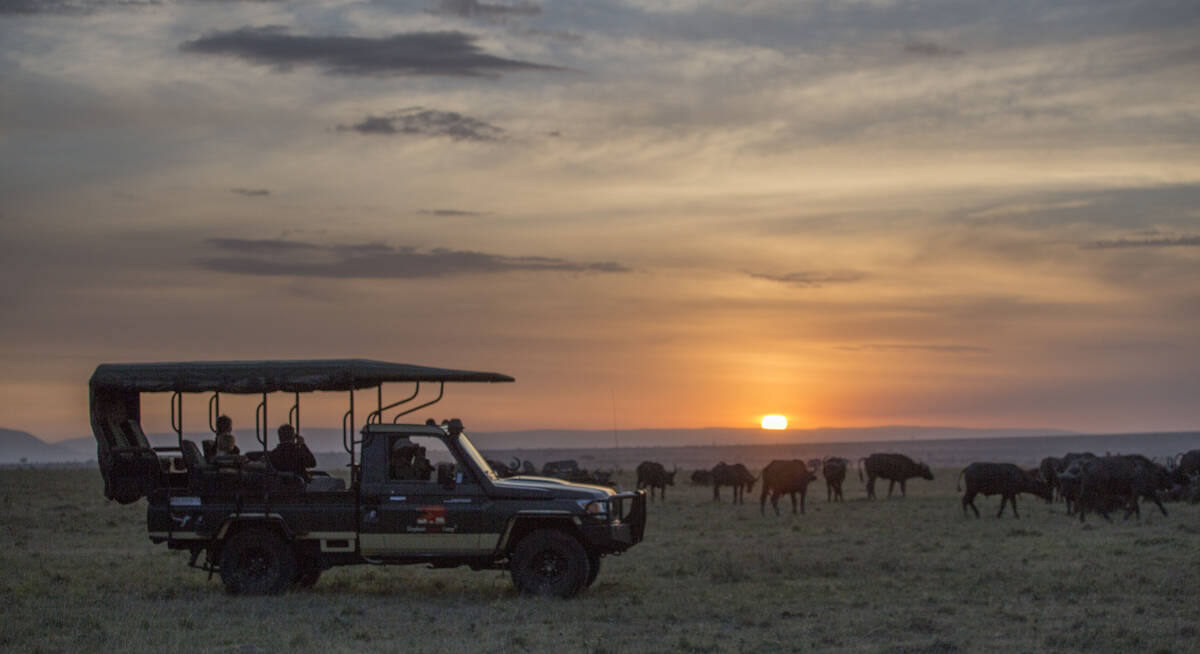
Black Kite Fly-in Safari
10 days • 4 locations
NAIROBI AIRPORT TO NAIROBI AIRPORT
Explore Kenya in-depth with visits to Nairobi and Meru national parks, the Mara Conservancies and Amboseli. Nestled in remoter regions, four camps provide fantastic access to rich game, a range of activities and beautifully diverse landscapes.
US$10,410 - US$14,150 per person
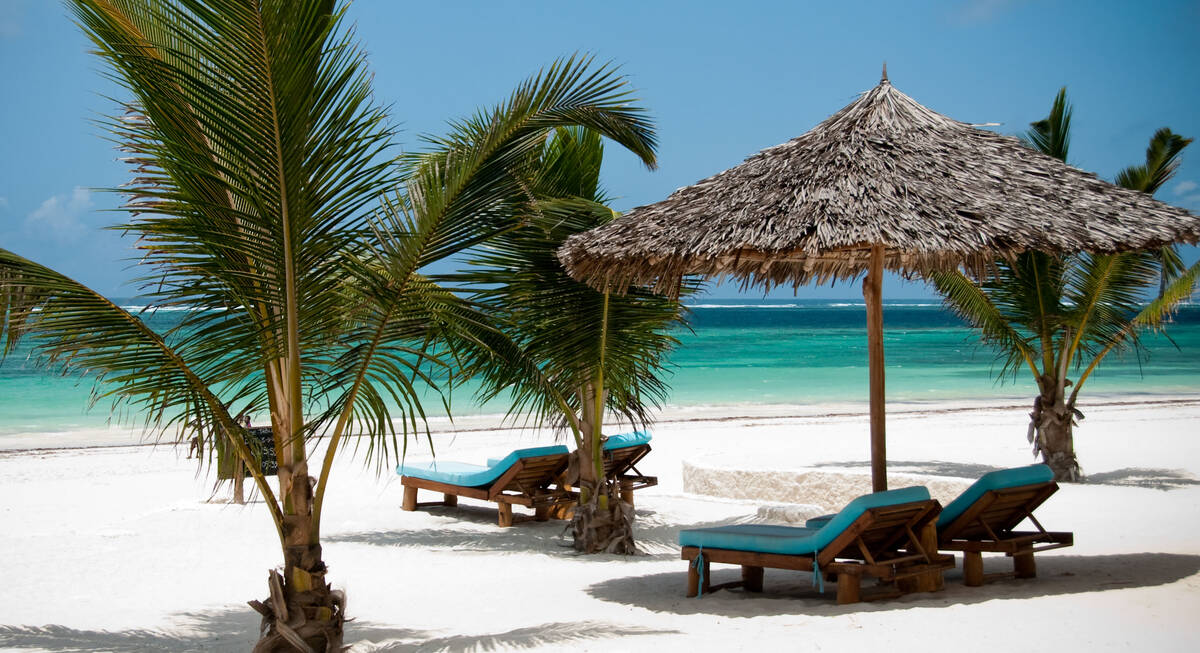
Elephant Safari
10 days • 3 locations
NAIROBI AIRPORT TO NAIROBI AIRPORT
This example of a mid-range Kenya safari and beach trip explores the wildlife of Tsavo West's volcanic plains and woodlands, Tsavo East's immense plains and the white-sand beaches and lush environment of Diani Beach.
US$5,850 - US$6,290 per person
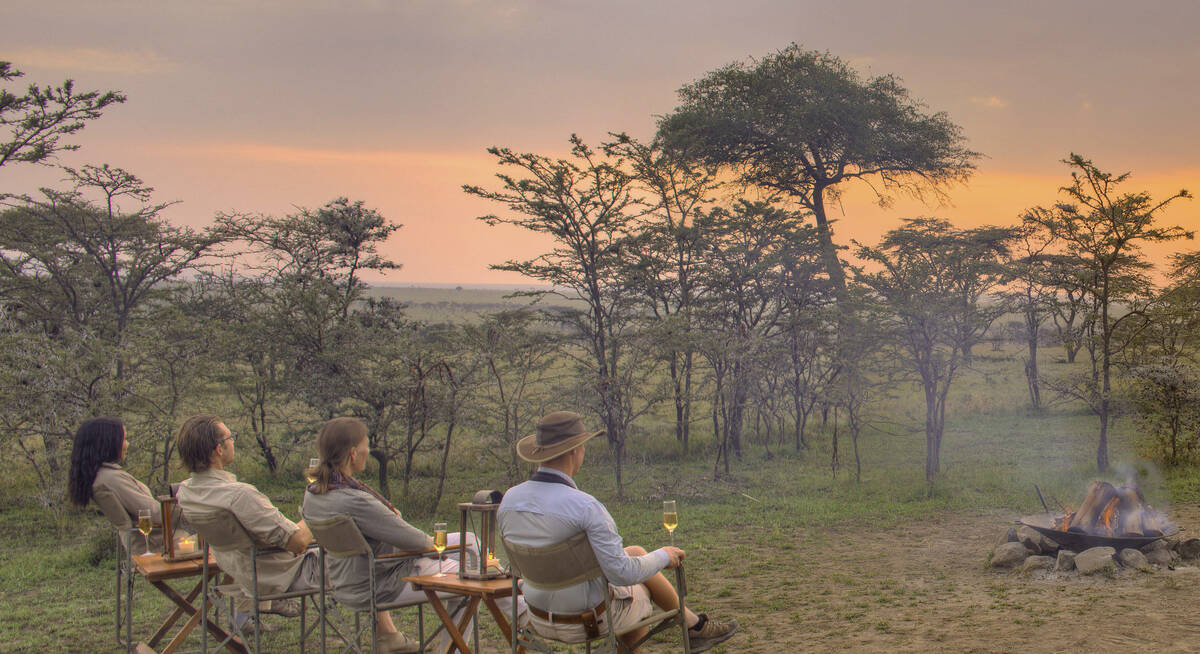
De Brazza Monkey Fly-in Safari
9 days • 3 locations
NAIROBI AIRPORT TO NAIROBI AIRPORT
Enjoy a range of activities in the remote wilderness of northern Kenya before exploring the wildlife-rich plains of the Mara ecosystem. Private vehicles and guides heighten the personalisation of this highly immersive safari.
US$13,540 - US$16,320 per person
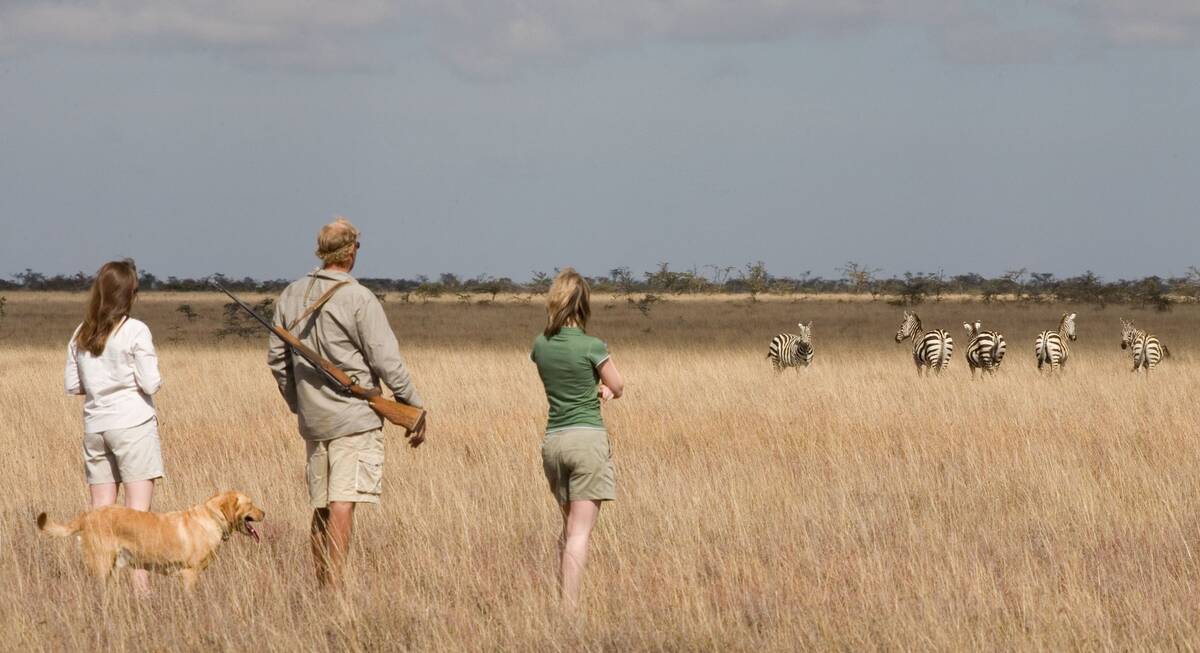
Hamerkop Fly-In Safari
8 days • 2 locations
NAIROBI AIRPORT TO NAIROBI AIRPORT
Different wildlife, contrasting camps and a whole host of activities, this is a safari for those wanting to get out and about and not just sit in a vehicle.
US$7,430 - US$10,960 per person
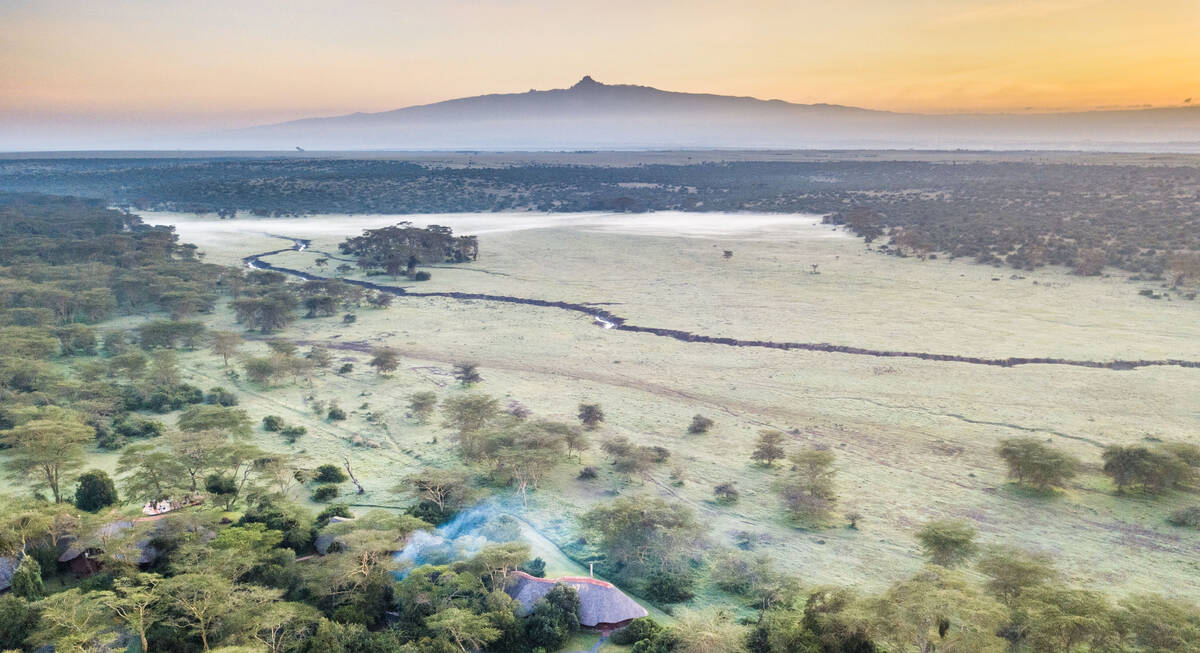
Rothschild Giraffe Safari
8 days • 3 locations
NAIROBI AIRPORT TO NAIROBI AIRPORT
A example of a luxury Kenyan safari, starting at the iconic Giraffe Manor before fabulous stays on the spectacular Solio Reserve and Sala’s Camp in a remote corner of the Maasai Mara.
US$12,650 - US$17,830 per person
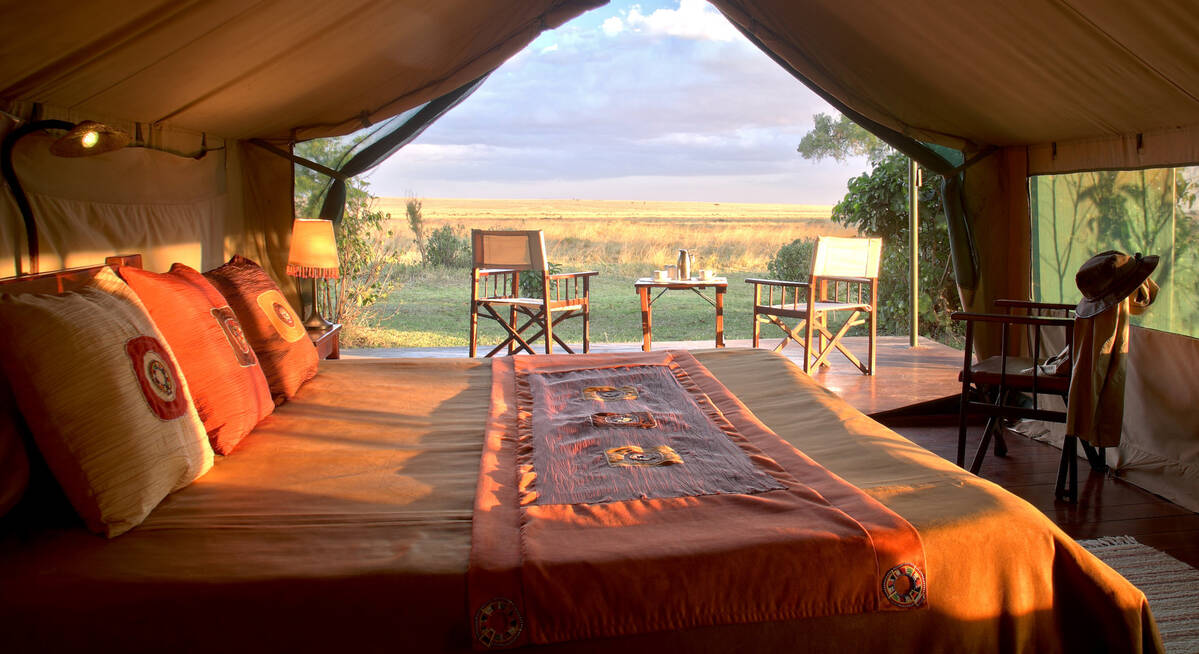
Big Cat Fly-in Safari
8 days • 2 locations
NAIROBI AIRPORT TO NAIROBI AIRPORT
Combining two of Kenya’s best wildlife-viewing areas, this slow-paced safari to the Lewa Conservancy and Maasai Mara guarantees iconic wildlife. The long-established, well-rated camps are great value, too.
US$5,690 - US$8,850 per person
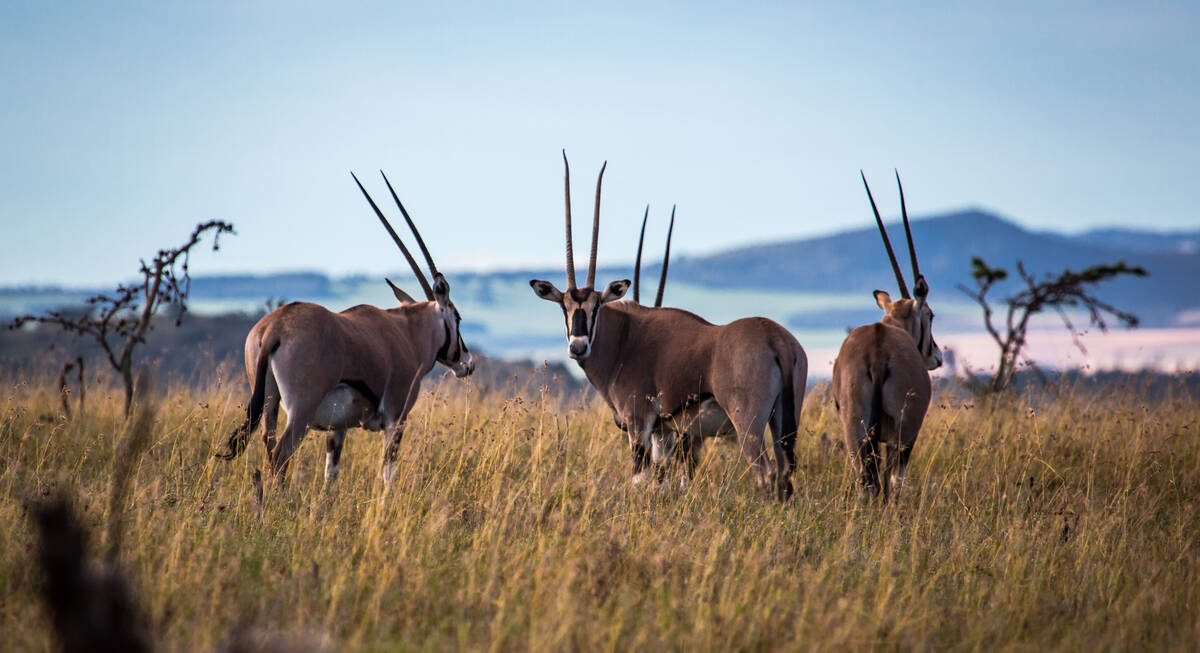
Golden Jackal Fly-in Safari
8 days • 2 locations
NAIROBI AIRPORT TO NAIROBI AIRPORT
A contrasting safari of a lodge and a tented camp, with action-packed activities in Laikipia and wildlife-filled game drives in the Maasai Mara, offers a consistently high-quality experience.
US$11,200 - US$14,130 per person
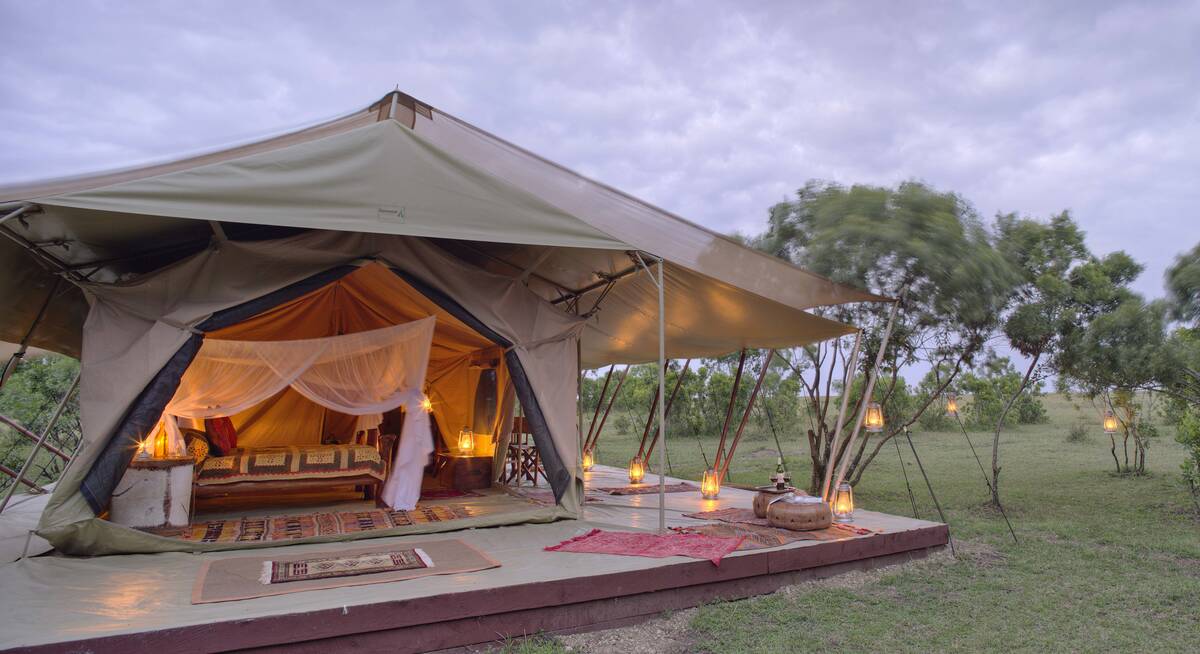
Lanner Falcon Fly-In Safari
8 days • 3 locations
NAIROBI AIRPORT TO NAIROBI AIRPORT
Three sister camps offer access to wonderfully remote regions across northern Kenya and the Maasai Mara ecosystem. Enjoy an exclusive safari experience focused on great wildlife, superb guiding and considerable comfort, with a range of activities.
US$7,140 - US$8,400 per person
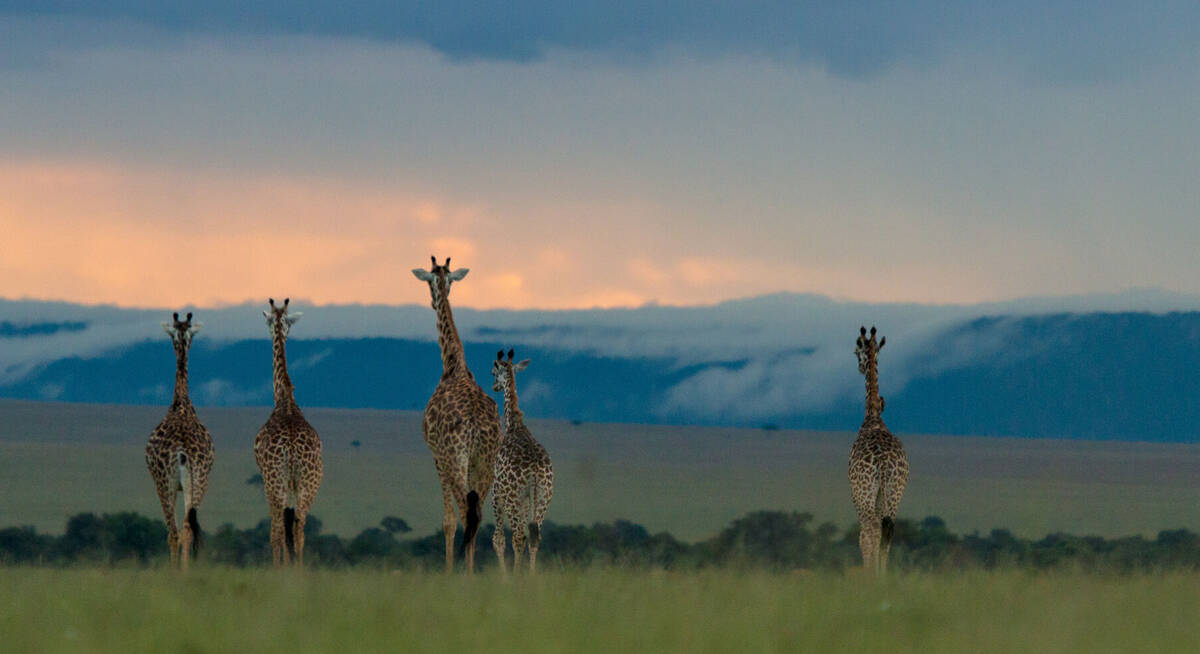
African Finfoot Fly-in Safari
7 days • 3 locations
NAIROBI AIRPORT TO NAIROBI AIRPORT
After a unique start in Nairobi National Park, classic, luxurious camps combine for a high-end and exclusive safari in fantastic wildlife destinations.
US$11,230 - US$17,340 per person
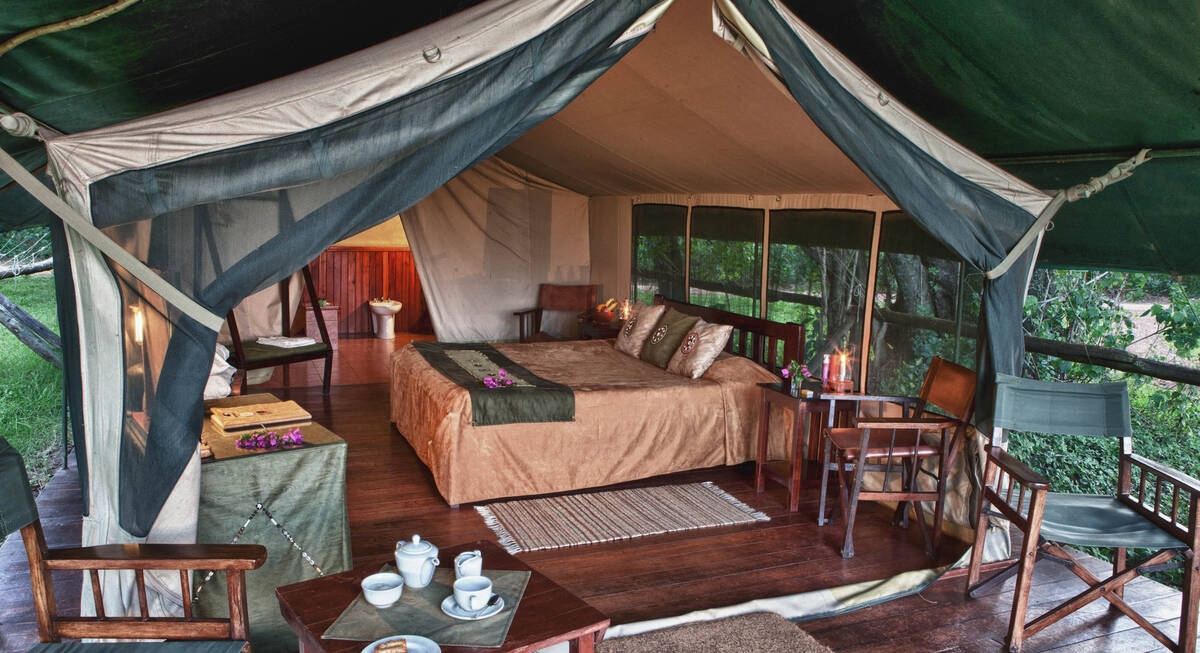
Steppe Eagle Fly-in Safari
7 days • 2 locations
NAIROBI AIRPORT TO NAIROBI AIRPORT
Two comfortable tented camps overlooking the Ewaso Nyiro and Mara River put you at the heart of the action. Experience spectacular diversity in species and habitat with safari in Samburu and the Masaai Mara National Reserve.
US$6,140 - US$9,310 per person
Most recent reviews of our safaris to Rift Valley
Click below to browse all 17 reviews from Rift Valley. All from our travellers; all are in full & unedited.
Arrived 12 Oct 2024, 15 nights
"My Oct 2024 trip"
Overall rating: Excellent
Arrived 21 Sep 2024, 16 nights
"My Sep 2024 trip"
Overall rating: Excellent
Arrived 12 Sep 2024, 15 nights
"My Sep 2024 trip"
Overall rating: Excellent
Arrived 11 Jun 2024, 12 nights
"My Jun 2024 trip"
Overall rating: Excellent
Arrived 13 Jan 2024, 16 nights
"My Jan 2024 trip"
Overall rating: Excellent
Arrived 13 Jan 2024, 16 nights
"My Jan 2024 trip"
Overall rating: Excellent
Arrived 11 Jan 2024, 9 nights
"My Jan 2024 trip"
Overall rating: Excellent
Arrived 3 Jan 2024, 21 nights
"My Jan 2024 trip"
Overall rating: Excellent
Arrived 29 Jul 2023, 18 nights
"My Jul 2023 trip"
Overall rating: Excellent
Arrived 30 Nov 2022, 23 nights
"My Nov/Dec 2022 trip"
Overall rating: Excellent
Where to stay in Rift Valley
Our suggestions for safari camps in Rift Valley
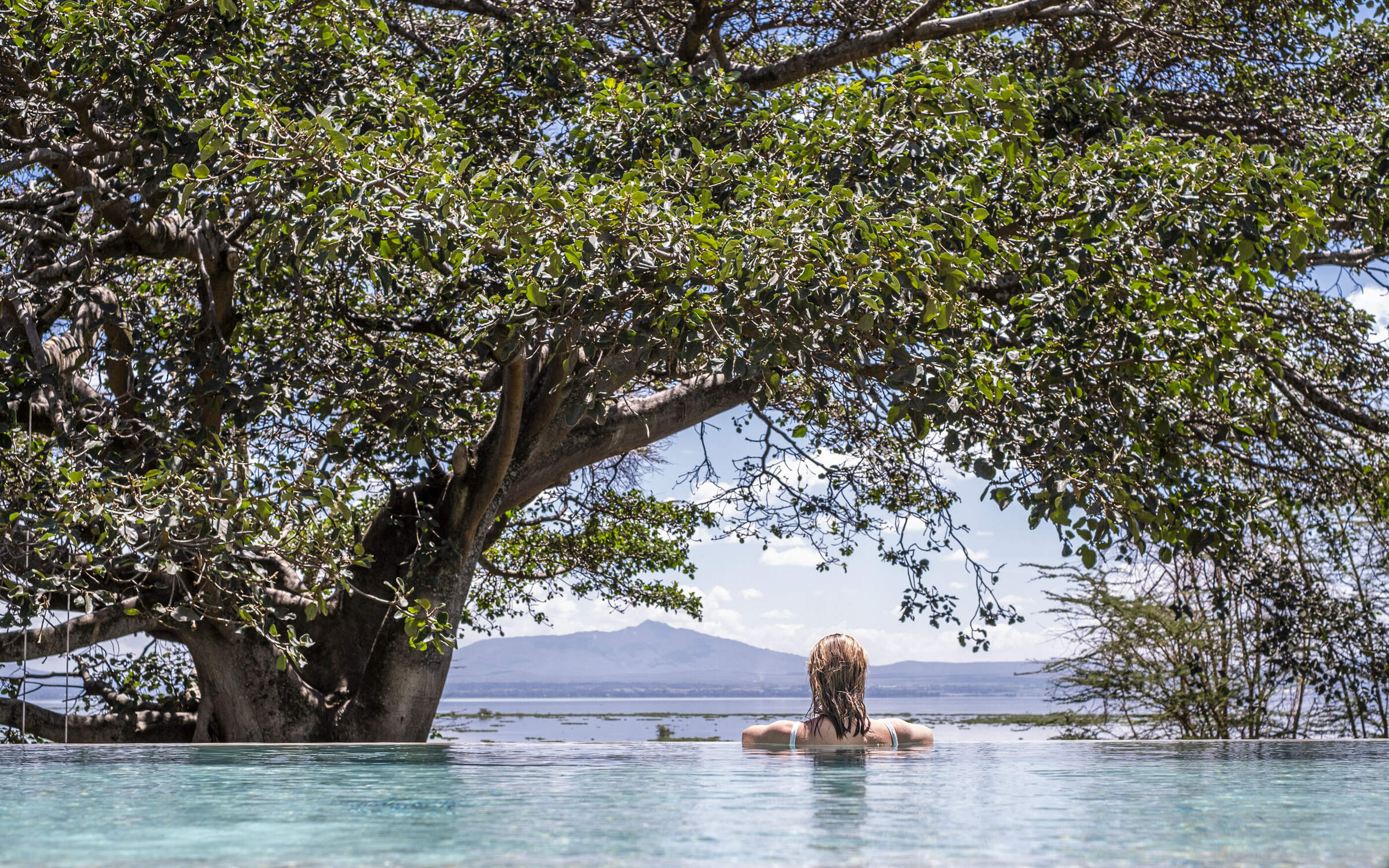
Loldia House
Loldia House is a comfortable, country house lodge on the shores of Lake Naivasha in the heart of Kenya's Great Rift Valley.
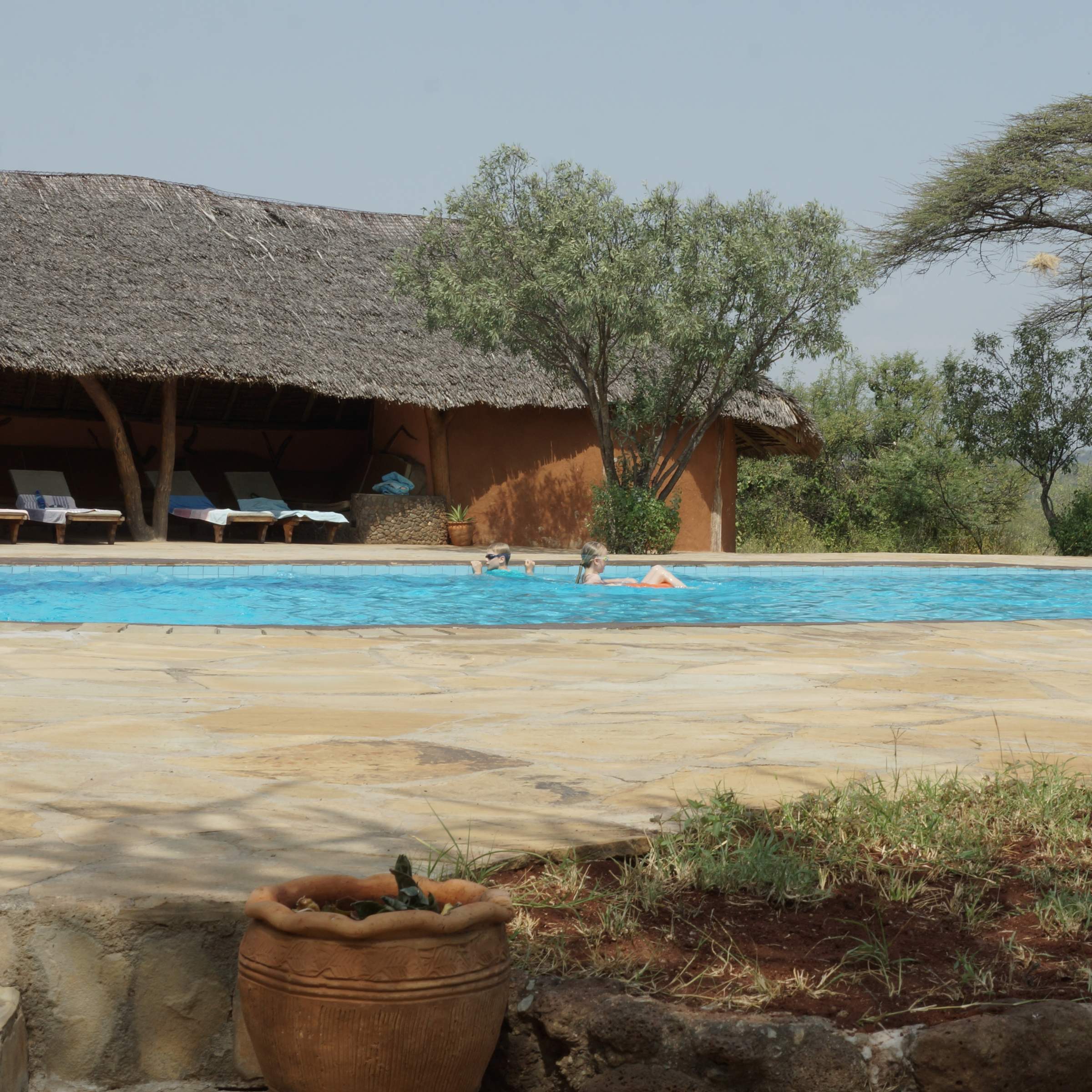
Tumbili Cliff Lodge
Tumbili Cliff Lodge is located on a low cliff on the western shore of Lake Baringo, in Kenya's Great Rift Valley.
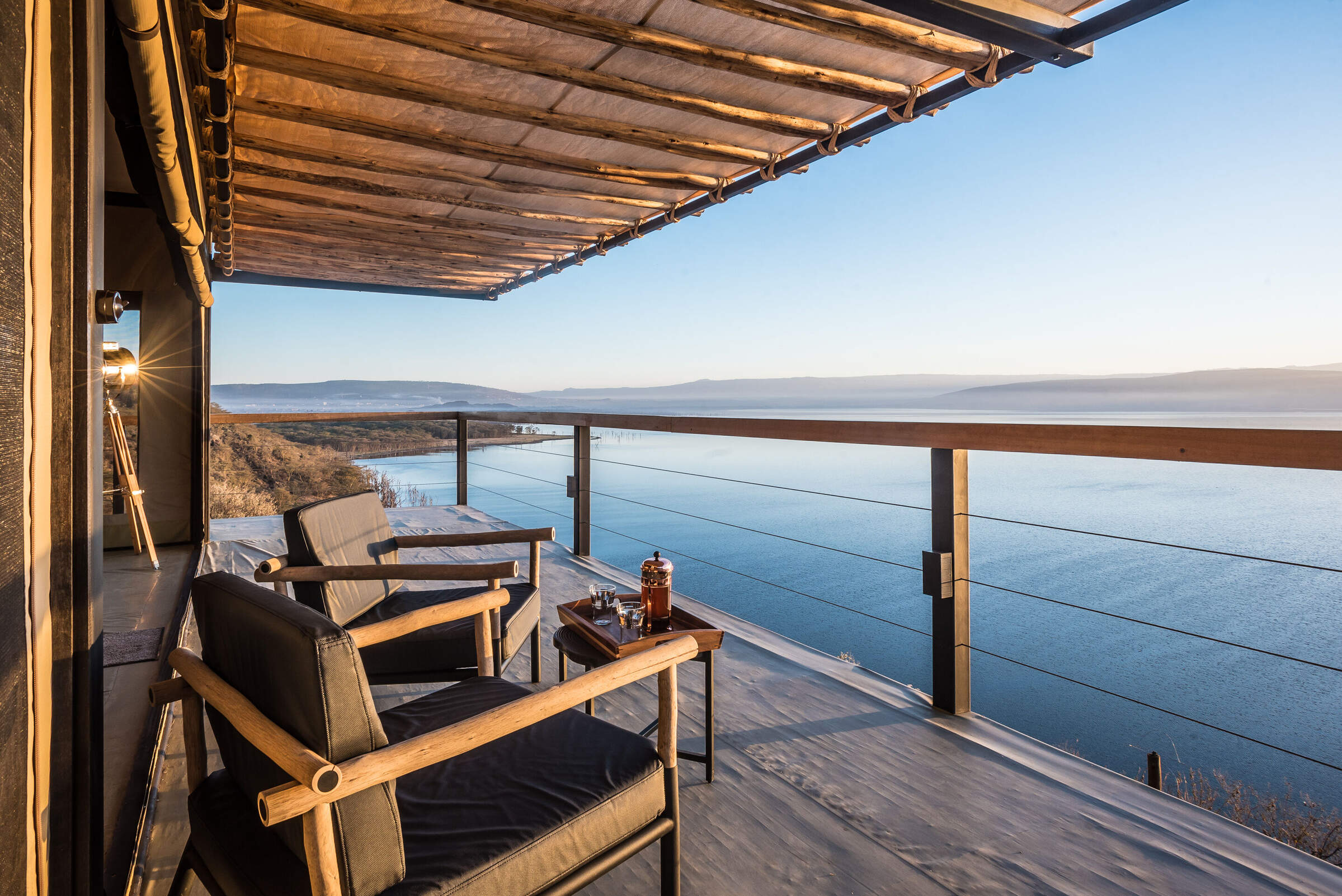
The Cliff
The Cliff is a comfortable, luxury tented camp overlooking Lake Nakuru, in the heart of Kenya's Great Rift Valley.
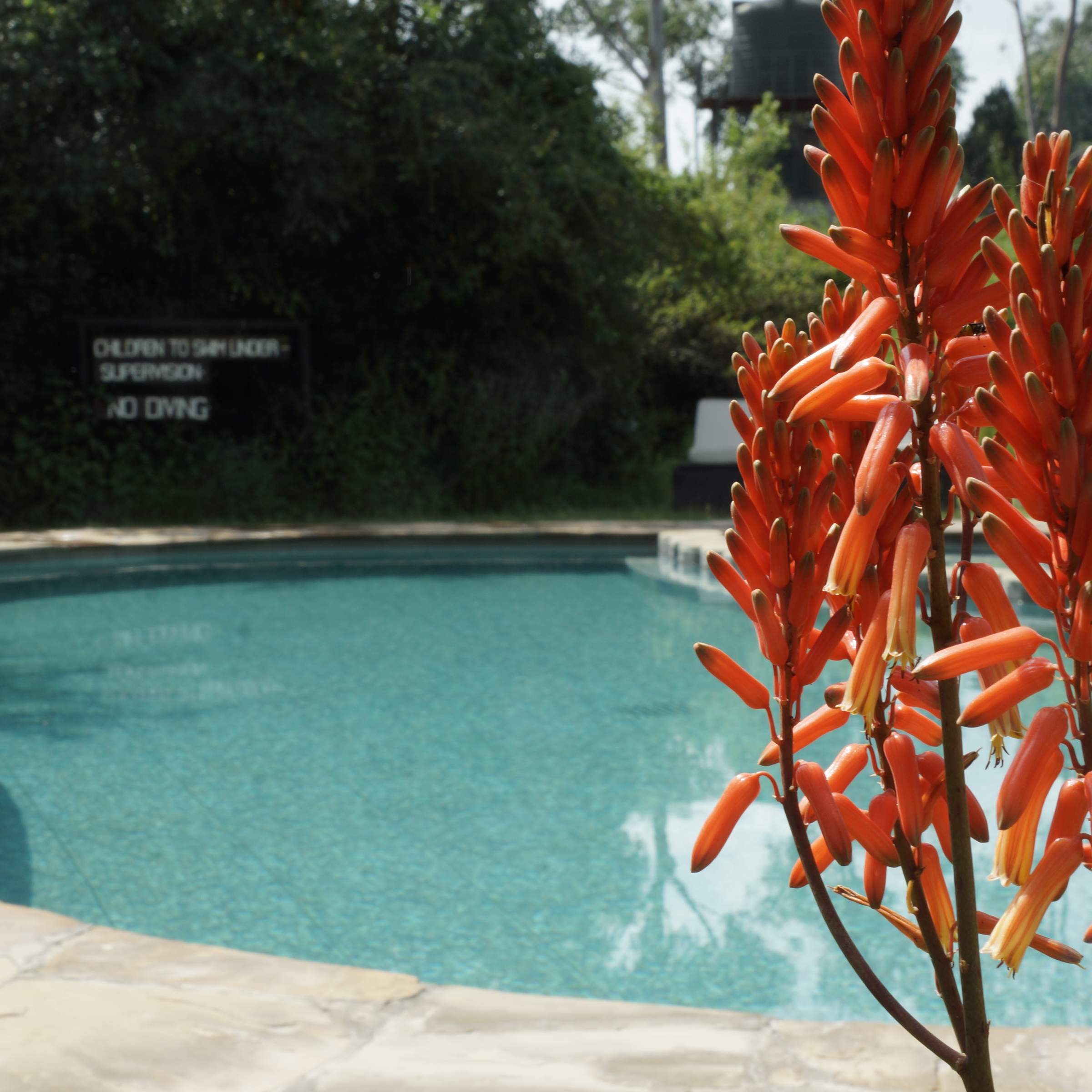
Mbweha Camp
Mbweha Camp is a well-established safari lodge on private land close to the Nderit Gate of Lake Nakuru National Park in Kenya's Great Rift Valley.
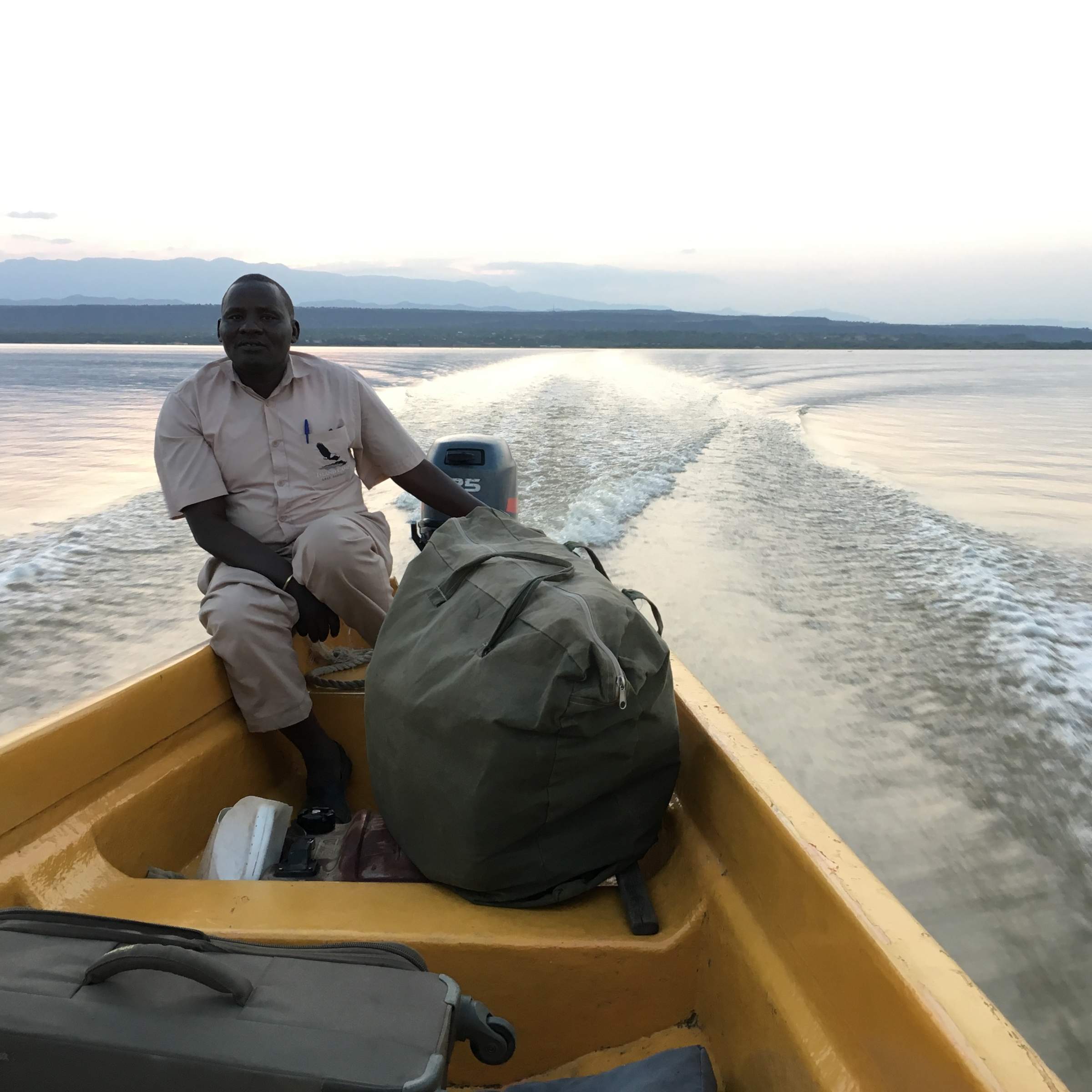
Island Camp Baringo
The birding magnet of Island Camp Baringo occupies a part of Ol Kokwe Island In Lake Baringo, in the Great Rift Valley in Kenya.
Our travellers’ wildlife sightings in Rift Valley
This is their success for sightings in Rift Valley. Click on a species for more detail. How we work this out.

100% success

100% success

90% success

78% success

78% success

75% success

14% success

14% success

13% success

0% success

0% success

0% success

0% success

0% success

0% success

0% success
When to go to Rift Valley
Our month by month guide: What it's like to visit Rift Valley in Kenya
Jan
Feb
Mar
Apr
May
Jun
Jul
Aug
Sep
Oct
Nov
Dec
Kenya in January
Clear, hot days and warm nights make this high season a popular time for safaris and it’s also good for diving and snorkelling as water clarity is excellent and gets better as the dry season progresses. Most lodges and tented camps treat January after the New Year week is over, as mid-season, making it a good compromise in terms of value for money with reasonably reliable, dry weather and some greenery left in the landscape.
Expert Africa bases its description of climate and weather in January, like the other months of the year, on the climate records of roughly the last 100 years, and it's fair to say that the weather and seasons since the beginning of this century have been highly irregular and unpredictable.
- On average, January is the second driest month of the year
- Elephants dig waterholes in the dry riverbed in the Samburu reserve.
- Wildebeest and many antelope have their calving season, to February.
- Migrant birds are seen in huge numbers, especially in the Rift Valley.
- Sea water clarity around the coral reefs generally good.
Our view
Fantastic: the very best time to visit
Weather in January
Kenya in February
With the short dry season well established, the grass grazed down and wildlife gathering close to water points, this is still a good time for a safari. Good water clarity in the Indian Ocean's coastal waters makes for excellent diving and snorkelling conditions.
Expert Africa bases its description of climate and weather in February, like the other months of the year, on the climate records of roughly the last 100 years, and it's fair to say that the weather and seasons since the beginning of this century have been highly irregular and unpredictable.
- On average, February is the driest month of the year.
- It’s sometimes possible to swim with whale sharks at Diani Beach.
- Migrant birds are still seen everywhere, especially near water.
- This is usually peak calving season for wildebeest and many antelopes.
- This month is often the hottest of the year, especially on the coast.
Our view
A very good time to visit
Weather in February
Kenya in March
Hot, increasingly humid weather – with good diving and snorkelling conditions at the start of the month – gives way to rains and lower accommodation costs. Expert Africa bases its description of climate and weather in March, like the other months of the year, on the climate records of roughly the last 100 years, and predicting the seasons since the beginning of this century has been difficult.
March is the month when – traditionally – intensely hot conditions build up until a cloudburst finally happens at the end of the month or in early April, to relieve the humidity. As ever, regional variations across the country can greatly impact on visitors' experiences.
- Sea-water clarity is best for diving before the long rains start.
- Visitor numbers are low, though the Easter holidays can be busier.
- Night skies can be scintillatingly clear in early March.
- Cropped down savannah grasses can make it easier to see the wildlife.
- Temperartures climb high, especially at lower elevations.
Our view
A good time to visit, with pros & cons
Weather in March
Kenya in April
April sees the full onset of the southeast monsoon wind or kusi, which heralds the long rains. Temperatures drop soon after the rains are established and you’ll often have facilities largely to yourself in this more affordable low season, sometimes known as the "green season". The bush quickly springs to life, with greenery sprouting almost before your eyes. While you're likely to get a fair number of heavy showers, the breaks in the rain can yield sparklingly clear conditions.
With the dust settled and bright sun piercing the clouds, conditions can be sublime for photography, especially first thing in the morning or in the late afternoon with another storm brewing. You may be lucky, or you may find conditions very wet and muddy.
- A wet month, the coast often gets more than 300mm (12in) of rain.
- Sunny spells can provide great light for photography.
- Buffalo and zebra calving season often happens in this month.
- Baby crocodiles hatch, for example on Central Island in Lake Turkana.
- Palearctic migrant birds gather to fly north to breeding grounds.
Our view
A time to avoid if possible
Weather in April
Kenya in May
While game viewing can be trickier as vegetation runs riot, between the cloudbursts the colours and light are great for photography at this time of year. Expert Africa bases its description of climate and weather in May, like the other months of the year, on the climate records of roughly the last 100 years, and while it's reasonable to expect heavy rains in many parts during this month, especially on the coast, the rains don't always come evenly or in some areas come at all.
In an El Niño year, the so-called long rains that normally are established across much of the country by May can be meagre, to the despair of farmers. On the other hand in a La Niña year, the long rains can bring floods. On the coast, the monsoon winds make the climate much more predictable, with heavy rains common throughout this month.
- Frogs breed in the ponds in the Arabuko Sokoke Forest near Watamu.
- Wildebeest, impala and other grazers are in rut (the breeding season).
- Kilimanjaro looks its best as heavy rain falls as snow on the summit.
- There's a sharp peek of rainfall on the coast with many rainy days.
- Accommodation prices are uniformly low, while some camps close.
Our view
A time to avoid if possible
Weather in May
Kenya in June
The rains give way to cloudy, cooler weather, often making for comfortable conditions by the end of the month, especially in the highlands. Starting from mid-June or the beginning of July and running until the end of October, this is the high season, and accordingly has higher accommodation rates and – at least until early September – higher numbers of visitors.
While the early part of June can often be rainy on the coast, it can be a great time to go on safari, with fresh greenery, many young animals and good photographic conditions with clear air.
- The Taru Desert, inland from the coast, is carpeted with flowers.
- The Lake Turkana Cultural Festival is held in Loiyangalani.
- Madaraka Day (commemorating self rule) is 1 June.
- The annual Lewa marathon runs a course through the wildlife.
- The Diani Rules "sports" event rips up the rulebook at Diani Beach.
Our view
A good time to visit, with pros & cons
Weather in June
Kenya in July
Kenya’s “winter" season sets in (winter is a misnomer but locals feel the change), and the highlands can be rather grey. Skies are often cloudy and the days can be surprisingly cool, with an average daytime high in many highland safari areas of 15-20°C and night-time temperatures dropping below 10°C in Nairobi and the highlands. Lower parts of the country and the coast are usually warm and dry, typically reaching highs of around 25°C with lows in the high teens.
As this is the start of the high season, coinciding with the usual arrival of the wildebeest migration in the Maasai Mara, July is a busy month. Ask your Expert Africa specialist to advise on how to avoid the crowds, which is not that difficult to do.
- The wildebeest migration usually reaches the Maasai Mara in July.
- Simbi Lake (Kisumu) and Crater Lake (Naivasha) can attract flamingoes.
- Watersports start to pick up and some surfing is possible at Malindi.
- Afternoon thunderstorms are a common feature in the Maasai Mara.
- The sea can be choppy along the coast, making diving difficult.
Our view
A good time to visit, with pros & cons
Weather in July
Kenya in August
The Great Migration fills the plains of the Maasai Mara, and school’s out, so the park roads are full of tourists – ask your Expert Africa specialist for advice on crowd avoidance tactics. Choose a private conservancy rather than a public national park or national reserve for quieter conditions.
Like July, August is generally mild and relatively dry in the safari areas, but it can be very chilly in the highlands, even in the middle of the day, and hail occasionally falls above altitudes of around 2,400m (8,000ft). Nairobi can be disappointingly overcast, with low cloud.
- Apart from Christmas holidays, this is the busiest month of the year.
- Late August sees peak wildebeest drama at the Mara River crossings.
- Coastal winds are good for kite- and wind-surfing.
- Few mosquitoes are around at this generally dry time of year.
- The annual Camel Derby takes place in the Samburu capital, Maralal.
Our view
A good time to visit, with pros & cons
Weather in August
Kenya in September
The skies clearing of cloud signals the start of hot, dry weather with little chance of rain – and, after the first few days of the month, far fewer visitors – making the latter part of September a good time for a quieter safari. While early September is often good for dramatic migration crossings along the Mara River, you might consider deliberately postponing your trip until later in the month, when the migration can still be very impressive and visitor numbers fewer.
If tourist surges are somewhat predictable, however, the patterns of the wildebeest migration are more volatile, and like all of Expert Africa's climate and weather assessments, they are based on accumulated years of experience rather than guaranteed certainty.
- This is still high season, with prices to match.
- Many river crossings take place on the Mara river in both directions.
- Natural bush fires flush out insects and small animals for predators.
- The Rift Valley Music Festival takes place by Lake Naivasha.
- With school holidays over by early September, late-month is quieter.
Our view
Fantastic: the very best time to visit
Weather in September
Kenya in October
Still hot, mostly dry and not too busy, this is many people’s preferred month for a safari, and it’s also good for diving and snorkelling. The wildebeest and zebra herds of the great migration are often still to be seen, though in dwindling numbers. The swamps of Amboseli attract thirsty wildlife including large herds of elephants.
While we wouldn't expect much rain across most of the country this month, the climate has become so unpredictable that you can never say never, and the possibiity of the short rains – usually associated with November to mid-December, starting early, can't be discounted.
- This month sees the tail end of the great migration in the Mara.
- Palearctic migrant birds start to arrive, staying until March.
- Turtle nests hatch at Watamu, until November.
- Amboseli elephants focus on the swamps for their daily water.
- The Indian Ocean monsoon winds turn from southeast to northeast.
Our view
A very good time to visit
Weather in October
Kenya in November
The northeast monsoon wind or kaskazi heralds the start of the “short rains", usually some time in the second half of the month. From November to mid-December, this is the low season, and accordingly has lower accommodation rates and lower visitor numbers. Across most of the country you can expect warm, somewhat cloudy weather, with occasional heavy showers and localised flooding.
Expert Africa bases its description of the climate in November, like the other months of the year, on the records of roughly the last 100 years, and it's fair to say that the seasons since the beginning of this century have been highly irregular and unpredictable: some years the short rains don't come at all, or don't reach every part of the country. In an El Niño year, the November short rains can be very heavy, but in a La Niña year, they can fail completely.
- Swimming with dolphins in Lamu can be done from now until April.
- Birders gather at Ngulia in Tsavo West to ring Palearctic migrants.
- The Lamu Cultural Festival takes over the town and Lamu Creek.
- Agricultural shows often take place regional market towns.
- This is low season, so camps can be great value, with special offers.
Our view
A good time to visit, with pros & cons
Weather in November
Kenya in December
In a typical December, the rains usually finish by middle of the month, leaving the landscape looking its best, under clear blue skies, and heralding the start of the second peak tourist season from around 20 December to the first week of January. Our assessment of the likely weather in December, like the other months of the year, is based on climate records, and it's fair to say that the seasons since the beginning of this century have been highly irregular and unpredictable.
Christmas can sometimes be wet, but most years the rains have finished a week or two earlier, with the festive season ushering in the perfect combination of clear skies and sunshine by day and starry nights.
- Christmas and New Year are busy, with the lodges and camps full.
- Rates are highest after 24 Dec, with supplements on public holidays.
- Republic Day and Independence day are celebrated on 12 December.
- Good kite- and wind-surfing restarts, with strong northeasterly winds.
- Mango season begins, providing excitement for primates and elephants.
Our view
A good time to visit, with pros & cons
Weather in December
Rift Valley, Kenya: In detail
Rift Valley, Kenya
Safaris at Lake Nakuru National Park
Lake Nakuru can still be worth visiting on safari, especially on a longer itinerary, and the park harbours good populations of both black and white rhinos, lions, leopards and many species of grazers and browsers. Encircled by an electric fence, Nakuru National Park can also get busy: it is easily accessed in a few hours by road from Nairobi and is the first port of call for the majority of budget minibus safaris. There are two large lodges inside the park and a number of smaller camps of varying standards around the boundary.
The town of Nakuru itself has little appeal for most travellers except as a refuelling stop. However, en route to your next safari stop, it’s worth driving up to the rim of the vast eggcup-shaped Menengai Crater, on the edge of town, where prisoners in the nineteenth-century Maasai civil wars are said to have been hurled to their deaths. More certain, and much older, history can be experienced during an excurision to the prehistoric fort site of Hyrax Hill, also on the outskirts of Nakuru.
Safaris at Lake Elmenteita and Soysambu Conservancy
On dry land, most of the savannah megafauna, with the exception of elephants, can be observed in dawn or evening safari drives from your lodge or camp around the Soysambu Conservancy. Owned by the Delamere family – key players in colonial Kenya and still influential today – Soysambu is a reintroduction project for mammals from other parts of Kenya, and is connected by migration corridors to Lake Nakuru and the Lake Naivasha area, thus creating a large wildlife area in this part of the Rift Valley. The lions breeding on the conservancy are now in double figures, and steadily coalescing into small prides. They are much more easily seen than Soysambu’s shy leopards, which you’ll need to be lucky to observe.
Just off the highway that runs past Lake Elmenteita, the small museum at the prehistoric site of Kariandusi displays heavy stone chopping tools from the pre-human days of Homo erectus. It’s a worthwhile short excursion from any Rift Valley safari.
Safaris at Lake Bogoria National Reserve
Like its neighbours, lakes Baringo and Nakuru, Lake Bogoria has been inundated in recent years and the lakeshore road is now under water. On a visit in 2018, we found the best concentrations of lesser flamingos in Kenya immediately inside the reserve’s gate, which is about 45 minutes’ drive from Lake Baringo.
There are only limited accommodation options at Bogoria – a rather anonymous hotel has taken over the freshwater springs formerly used by the local Endorois people. Otherwise, fly-camping at one of three campsites around the lakeshore is a viable alternative that can be used by more adventurous safari-goers. Most of our visitors to Bogoria, however, come to the lake on a day trip from Lake Nakuru or Lake Baringo.
Safaris at Lake Baringo and Ruko Wildlife Conservancy
The lake’s waters are deeply stained with red silt and run through a range of colours depending on the time of day and the weather. If the lack of clarity doesn’t put you off swimming, the rather nippy crocodiles should. The lake is also home to good numbers of hippos: they frequently come ashore on lakeside properties to graze the lawns at night. Like most of the other Rift Valley lakes in Kenya, Baringo has seen major rises in its water level in recent years, and several lakeshore properties have been swamped.
The people of the lake, the Njemps, are related to the Maasai, and combine fishing (traditionally from small and flimsy rafts) with livestock-herding. They build tiny, unsinkable canoes out of the fibrous and buoyant ambatch plant – unsinkable perhaps, but still rather dangerous-looking with the need it seems to have your legs mostly in the water as you paddle about. Children will sell you little carved gourds and similar souvenirs, and it may be possible to visit a Njemps village. Speak to your lodge or camp.
As well as several islands (two are largely given over to lodges), Lake Baringo has a new wildlife conservancy on the northeast shore – the Ruko Wildlife Conservancy – which you can visit on a boat safari from the one of the lakeside lodges.
Safaris at Lake Naivasha
Over the last three decades the lakeshore landowners have steadily devoted increasing proportions of their properties to intensive, plastic-greenhouse horticulture, sustained by water pumped from the lake. This is the source of many of the cut flowers and green vegetables in British supermarkets and the intensive farming supports thousand of migrant labourers. While it has brought jobs and income, it has had a serious impact on the lakeshore landscape.
If the gaps between the plastic-covered fields seem to be shrinking, the hotel gardens, patches of woodland and lakeshore grassland retain an enduring appeal. Attractions to visit while on safari around the shores of Lake Naivasha include: the Crescent Island Game Sanctuary; Elsamere, the former home of Joy Adamson, and now a natural history study centre; the Crater Lake Game Sanctuary, a sacred Maasai spot with excellent birdlife and plenty of mammals, including a remarkably habituated troop of colobus monkeys; and the private Oserengoni Wildlife Sanctuary, owned by one of the largest farms in the area. In late August, the Rift Valley Music Festival entertains locals, backpackers, weekenders from Nairobi and adventurous tourists with a variety of bands at one of the lakeshore’s oldest backpacker sites, Fisherman’s Camp.
There are plenty of places to stay, of varying quality, around Lake Naivasha. The Loldia airstrip on the western shore has daily flights arriving from Nairobi’s Wilson Airport and flying on to the Maasai Mara. These flights make Lake Naivasha a practical place to start a Kenyan safari away from Nairobi.
Safaris at Hell’s Gate National Park and Mount Longonot
There is no accommodation at Hell’s Gate – most visitors come on one-day safari excursions from lodges and hotels around the shores of Lake Naivasha.
Adjoining Hell’s Gate to the east, Mount Longonot National Park encircles the dormant volcano of the same name. It’s a half-day hike to the top and around the narrow rim – a walking safari that offers wonderful views of Lake Naivasha and the whole region.
Safaris at Lake Magadi
The rewards of a safari to Lake Magadi may be a little esoteric, but as ever birdwatchers will be enthralled – there are flamingos and other water birds on the lake, and many other birds species in the surrounding dry woodlands, as well as significant numbers of large mammals, although they are somewhat elusive.
The geology of the Rift Valley in Kenya
The Rift Valley is still moving apart, although these days more slowly, at a rate of about 2mm a year, or 2km per million years. Earthquake activity – albeit on a small scale – is still measurable, while volcanic activity is evident all over the Rift Valley, notably in the hot springs at Lake Bogoria and Lake Magadi. This volcanic energy has been harnessed for geothermal power generation at the Olkaria plant between Lake Naivasha and Hell’s Gate.
The history of the Kenyan Rift Valley
Map of Rift Valley
Choices for where to stay in Rift Valley
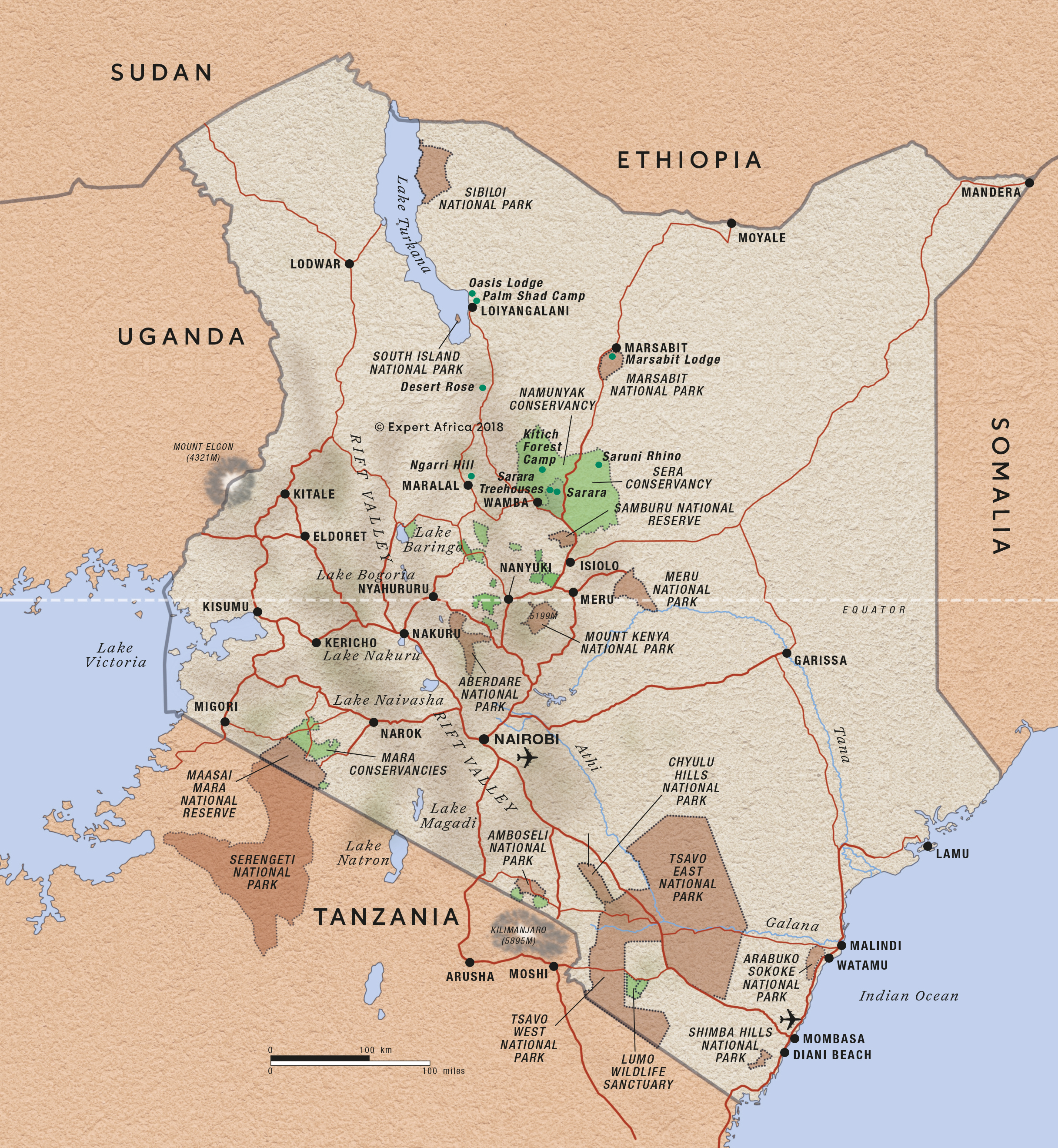
Best lodges and safari camps in the Great Rift Valley

Loldia House
Loldia House is a comfortable, country house lodge on the shores of Lake Naivasha in the heart of Kenya's Great Rift Valley.

Tumbili Cliff Lodge
Tumbili Cliff Lodge is located on a low cliff on the western shore of Lake Baringo, in Kenya's Great Rift Valley.

Mbweha Camp
Mbweha Camp is a well-established safari lodge on private land close to the Nderit Gate of Lake Nakuru National Park in Kenya's Great Rift Valley.

Island Camp Baringo
The birding magnet of Island Camp Baringo occupies a part of Ol Kokwe Island In Lake Baringo, in the Great Rift Valley in Kenya.
Excursions in Rift Valley
Optional, extra day-trips and excursions that are possible while you’re staying in Rift Valley. Talk to us: these excursions are usually best arranged before you go.
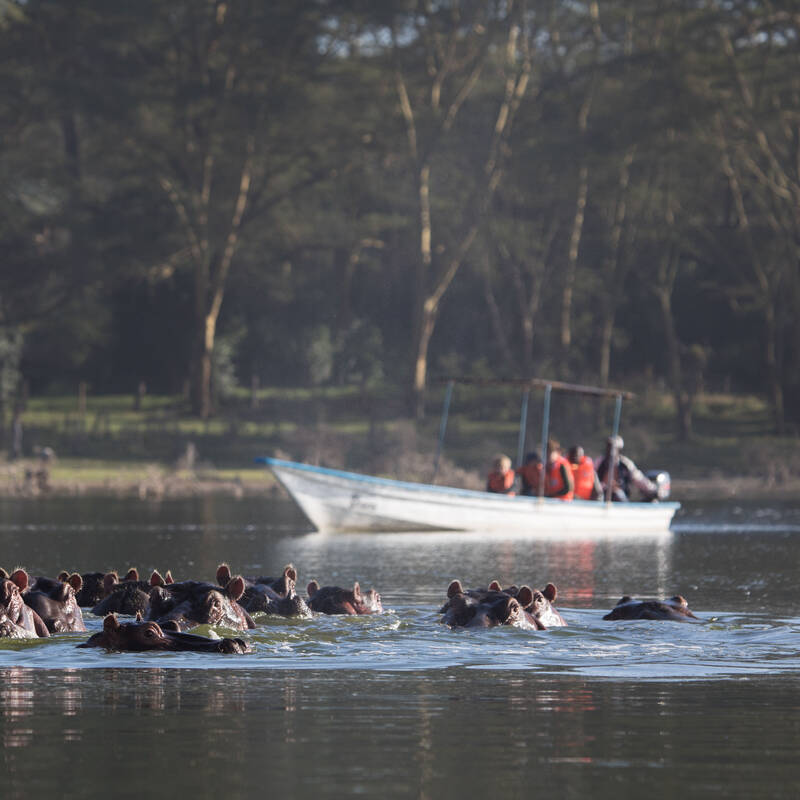
Lake Bogoria National Reserve
Half or full day
Seeing the Rift Valley's iconic pink flocks of flamingos massing on one of the region's lakes can be a somewhat hit-and-miss affair since lake water levels rose after about 2014 and the ecology of several of them changed significantly. Lake Bogoria, however, in the northern Rift, still usually retains some large flocks of many thousands of lesser flamingos.
More about Lake Bogoria visit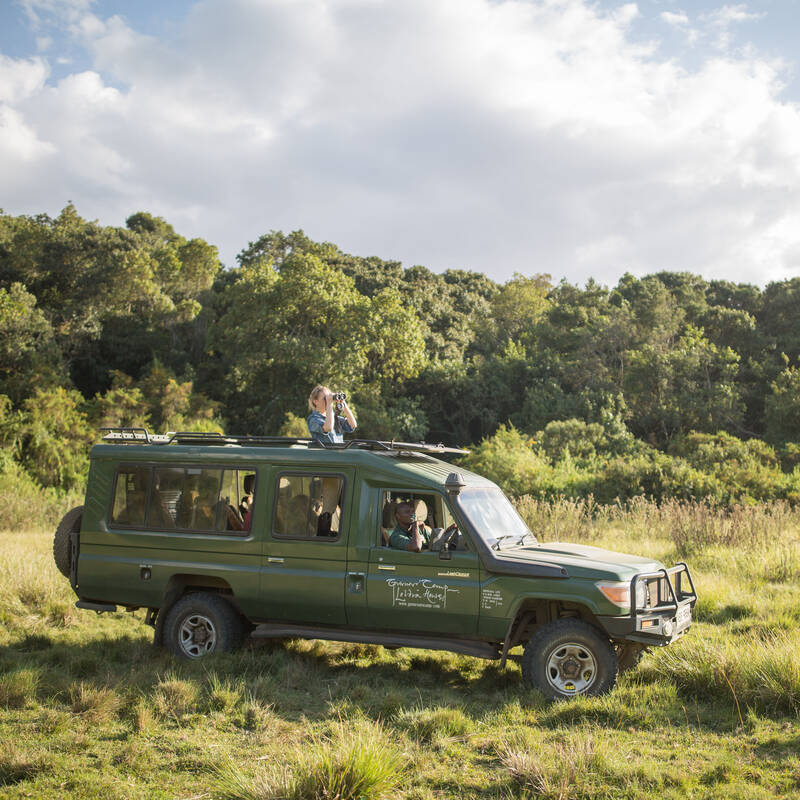
Lake Nakuru Safari
Half or full day
Drive into one of Kenya's best-known national parks to explore the lakeshore, woodlands, cliffs and plains around this iconic lake. While the flamingos may no longer be here, Nakuru has some key mammals, including both black and southern white rhinos, lions, leopards and Rothschild giraffes.
More about Lake Nakuru Safari
Looking for inspiration on where to travel next?
Visit our trip chooser to explore your options and find inspiration for your perfect African adventure
Inspire me